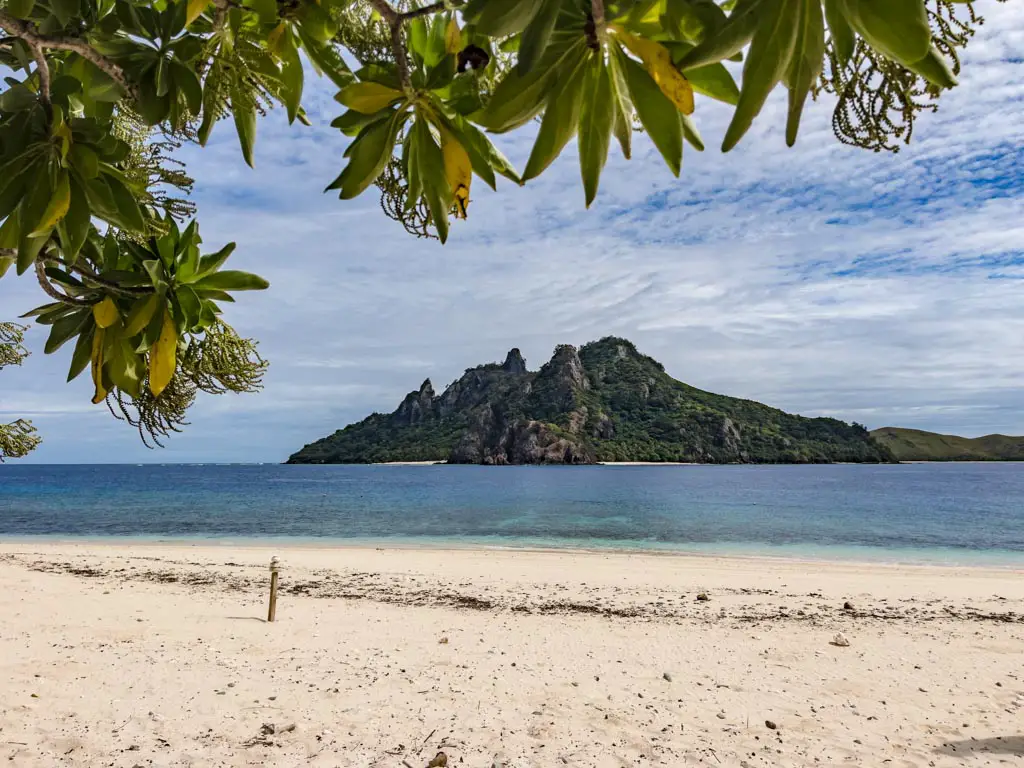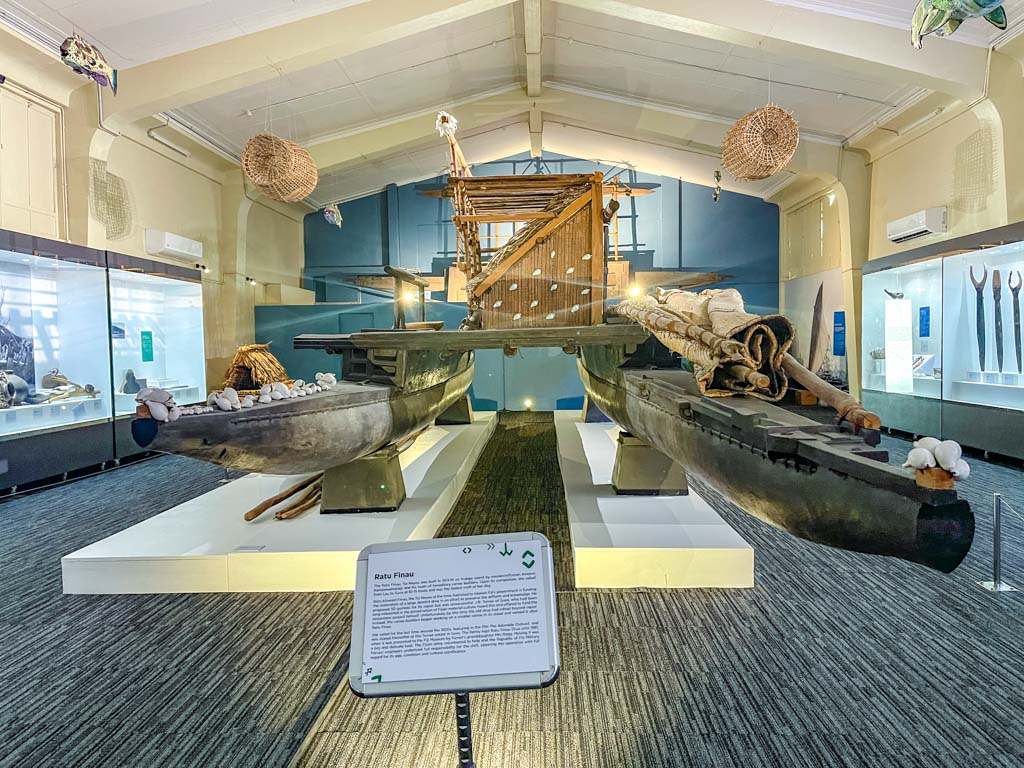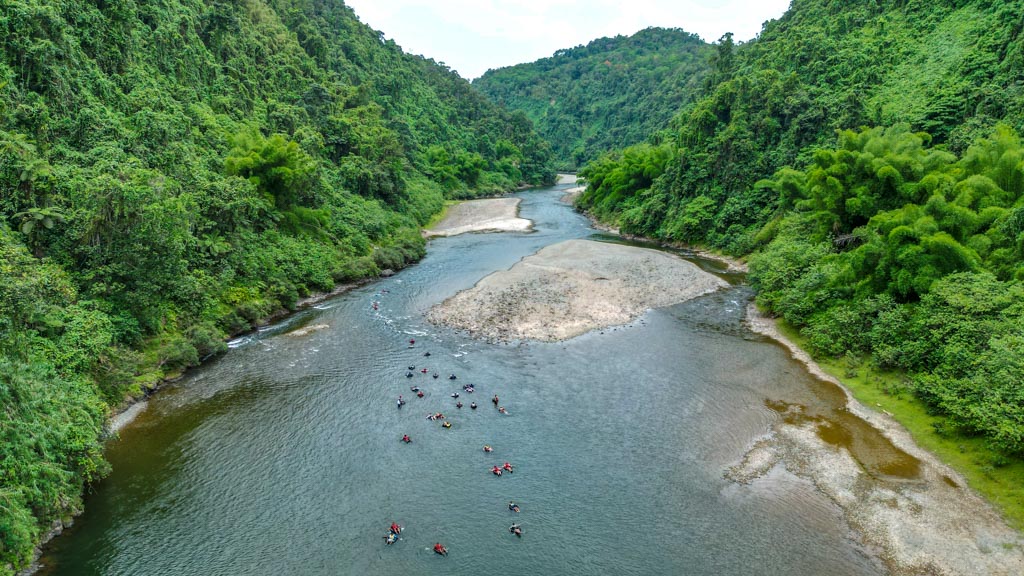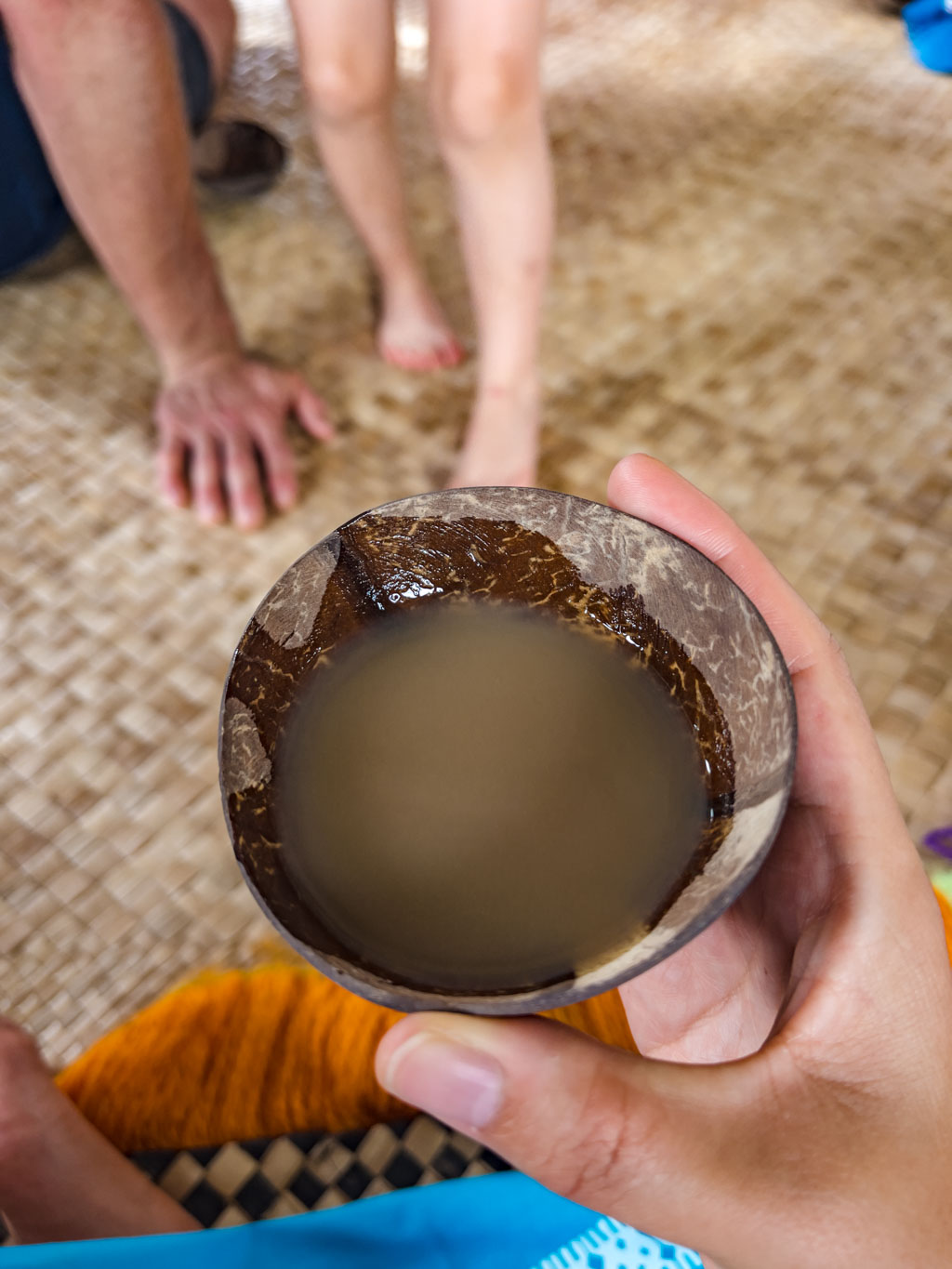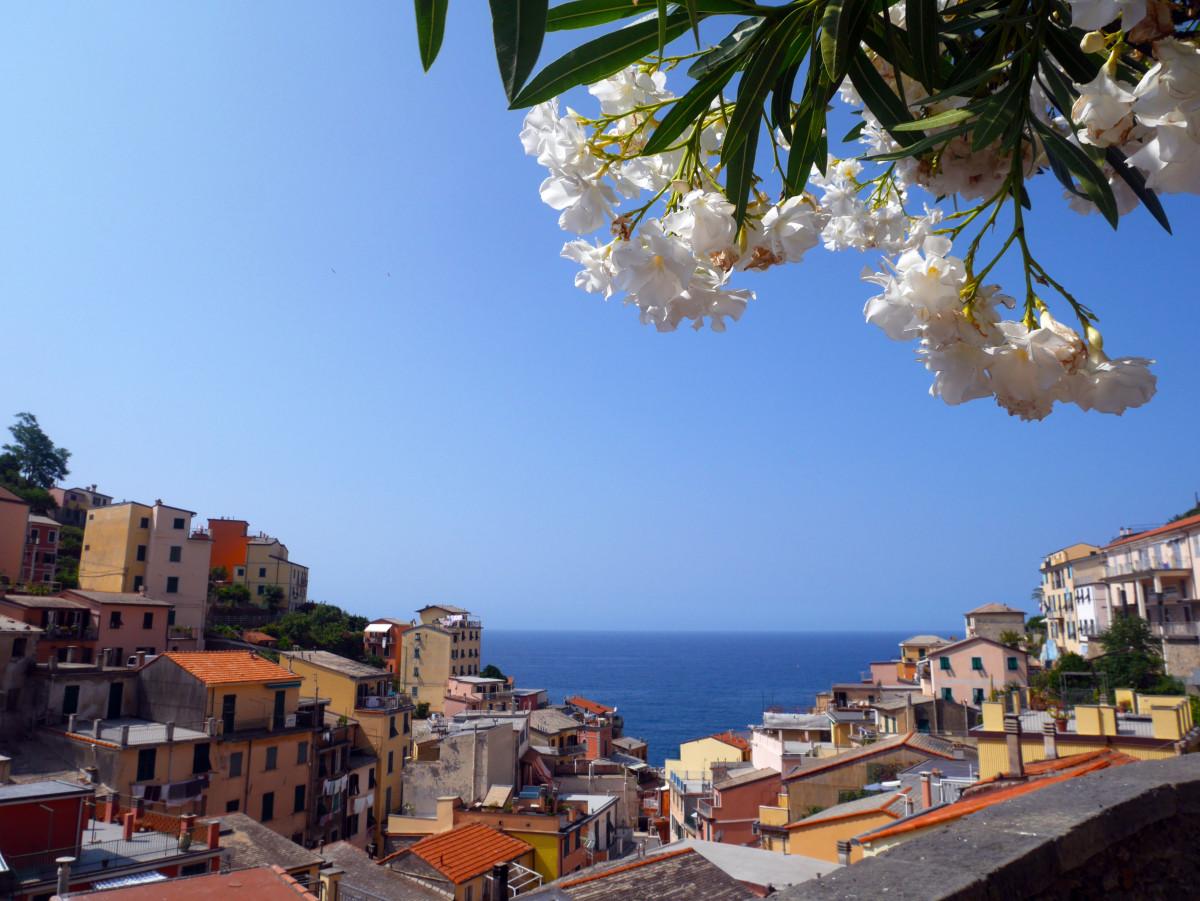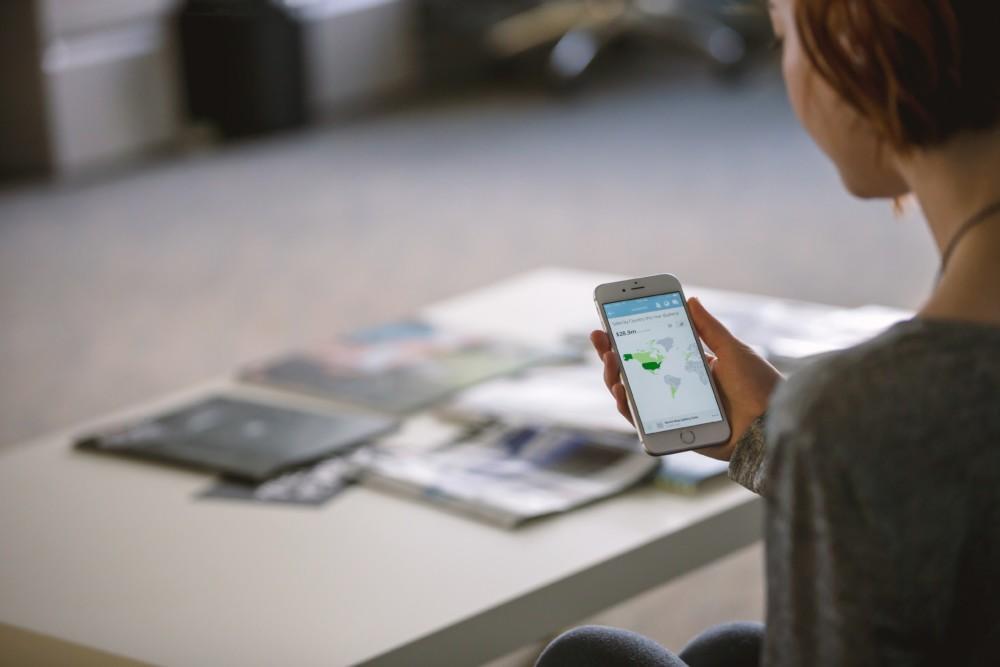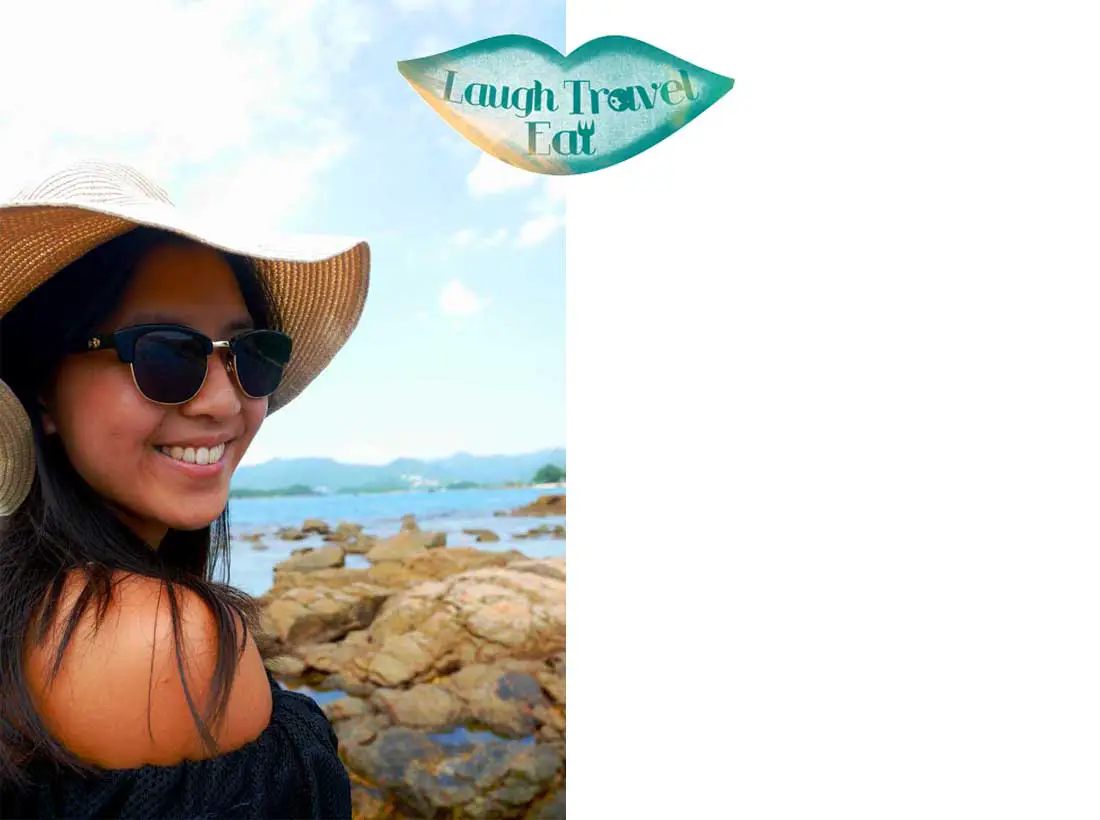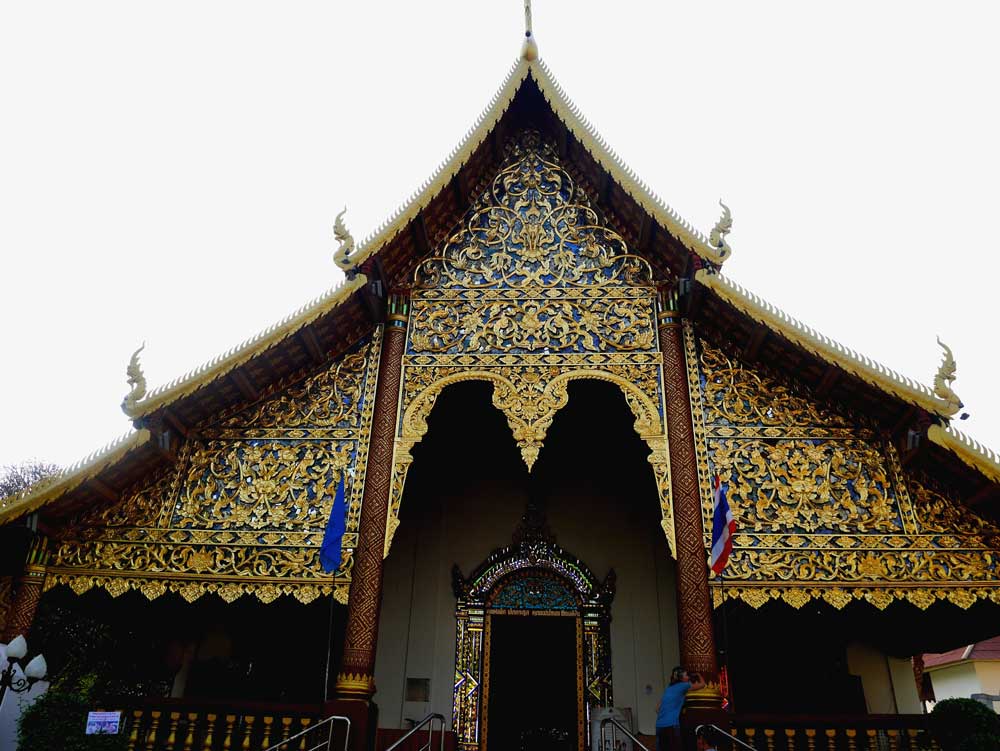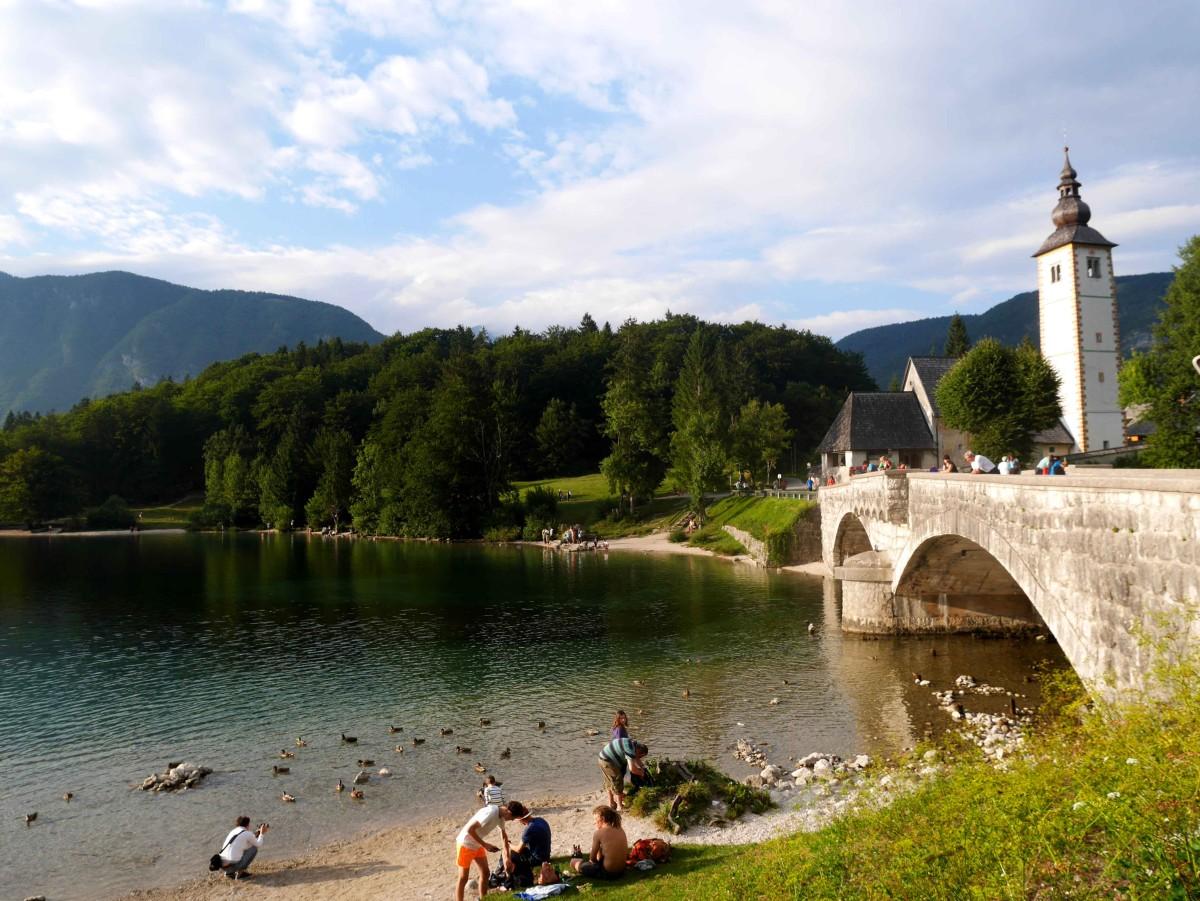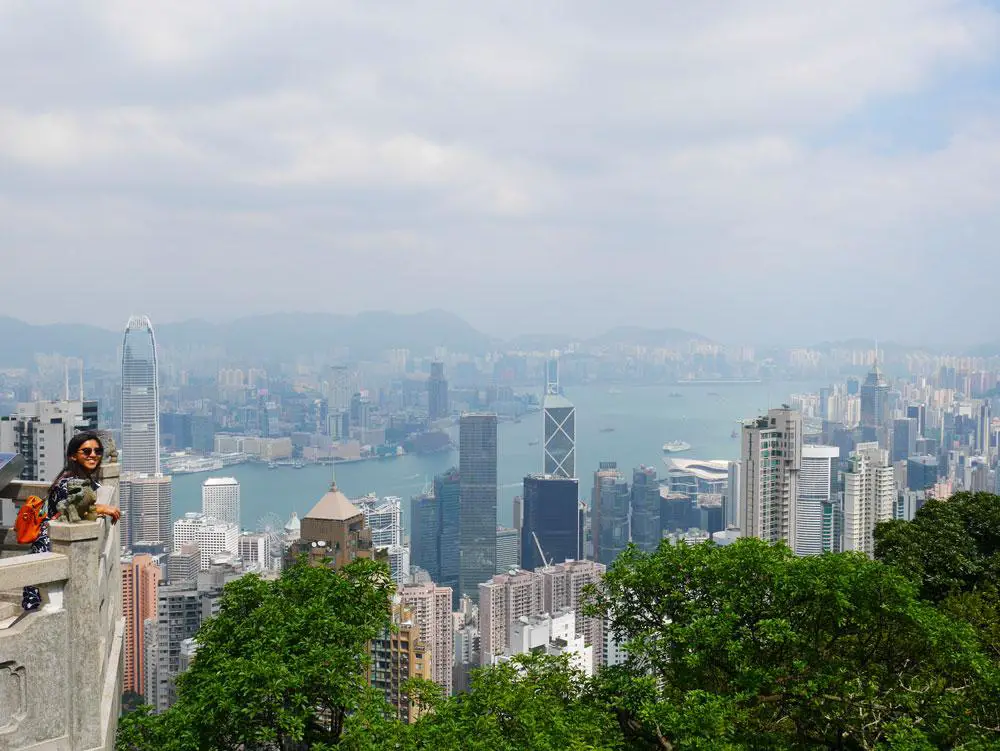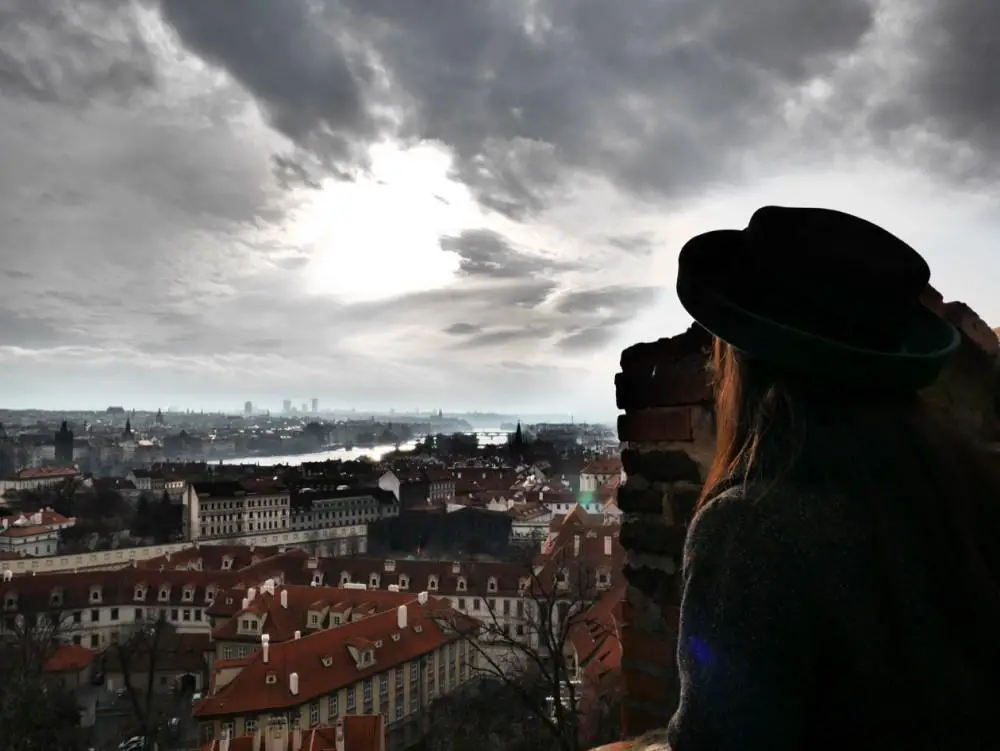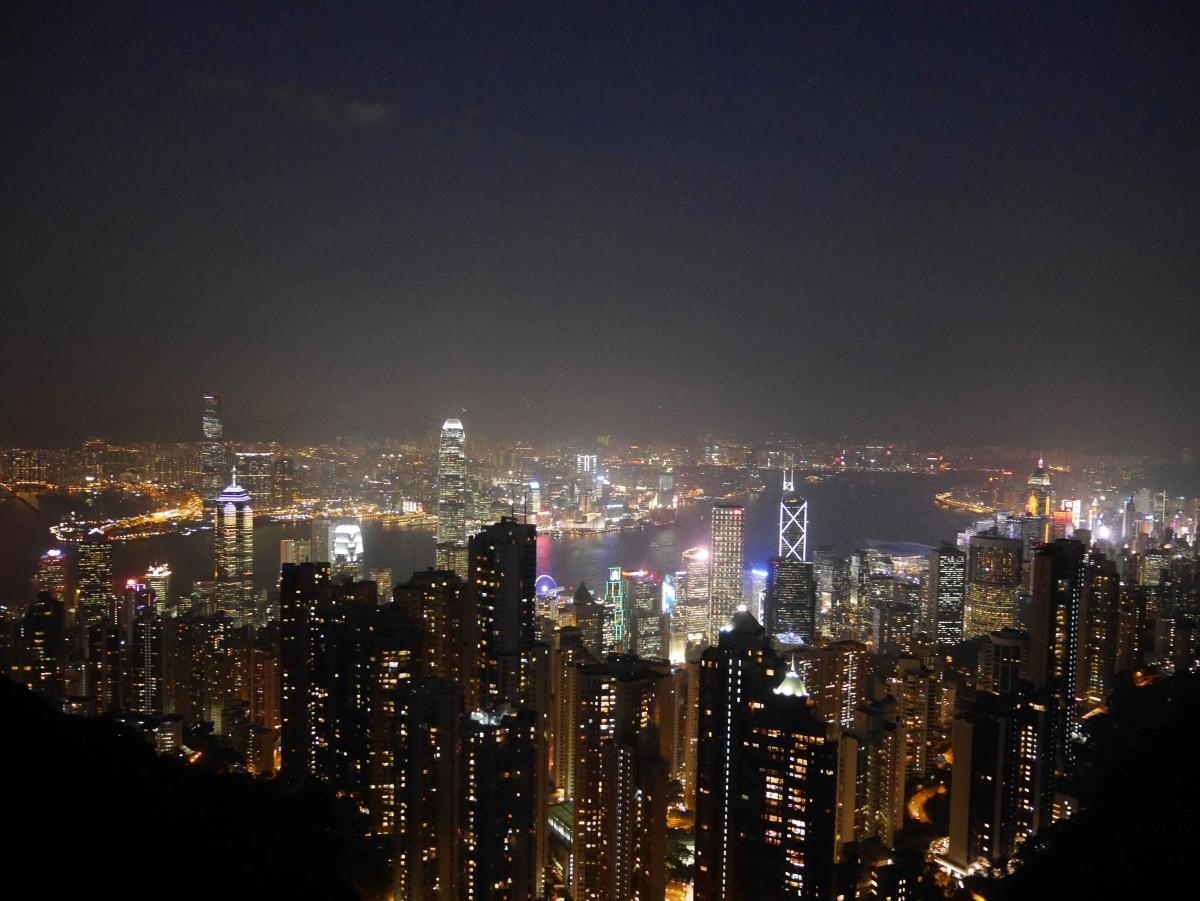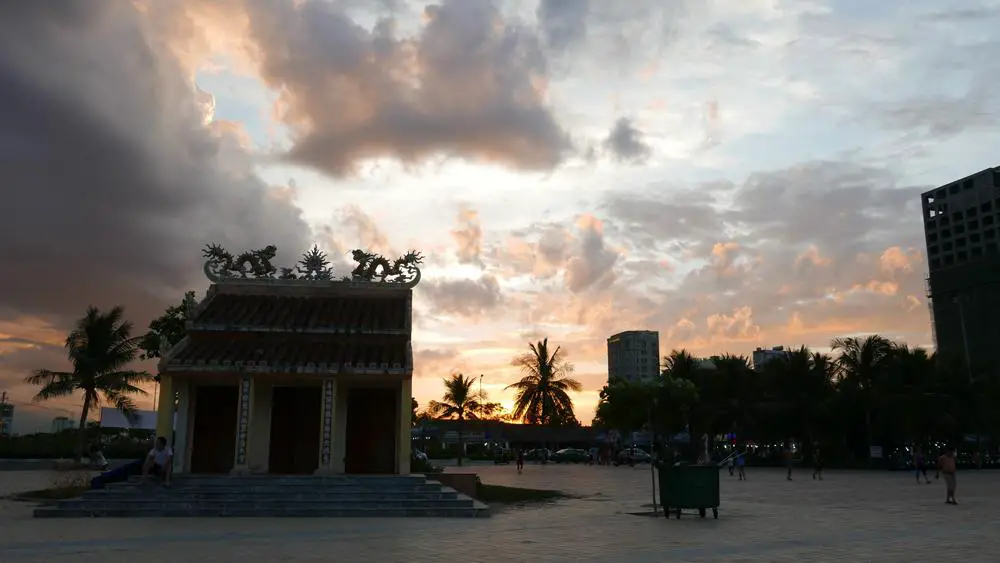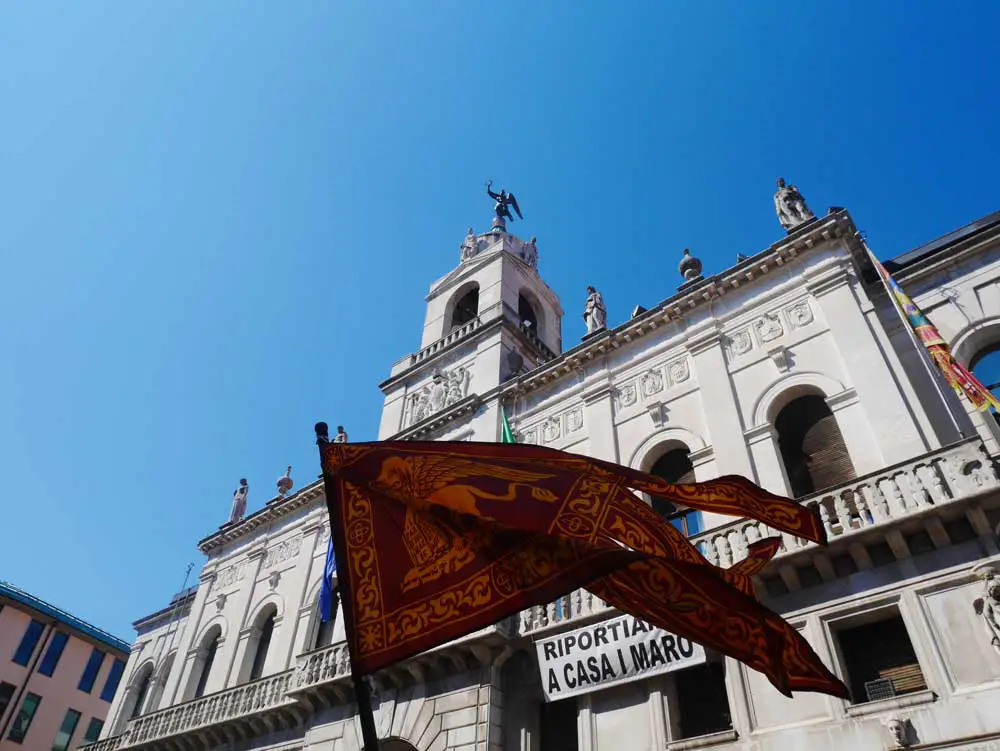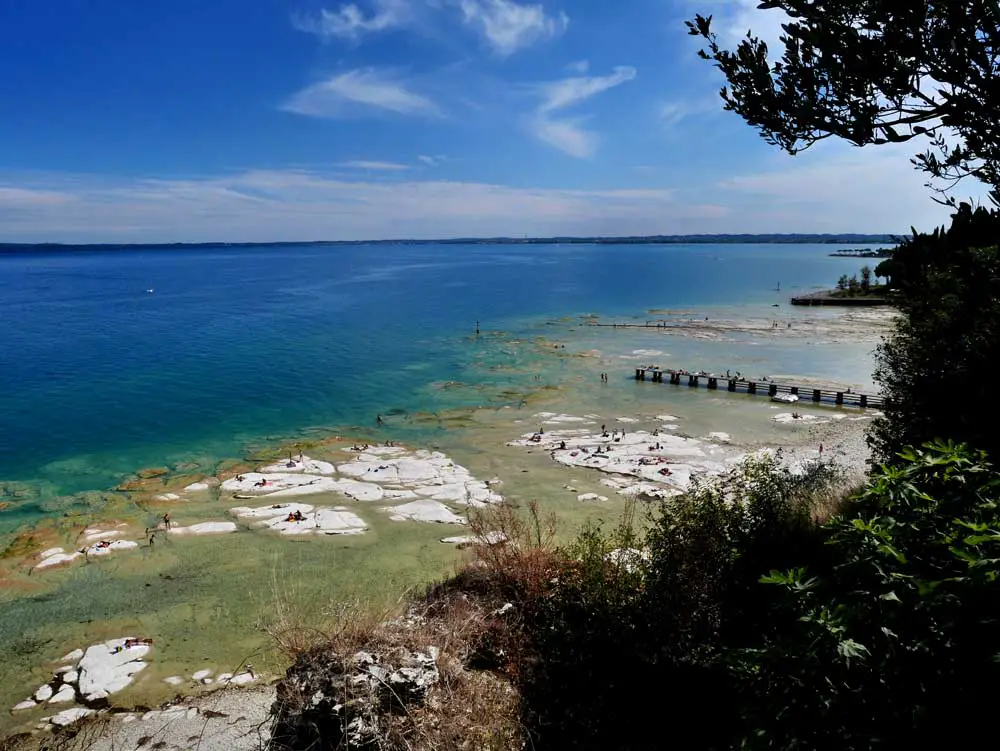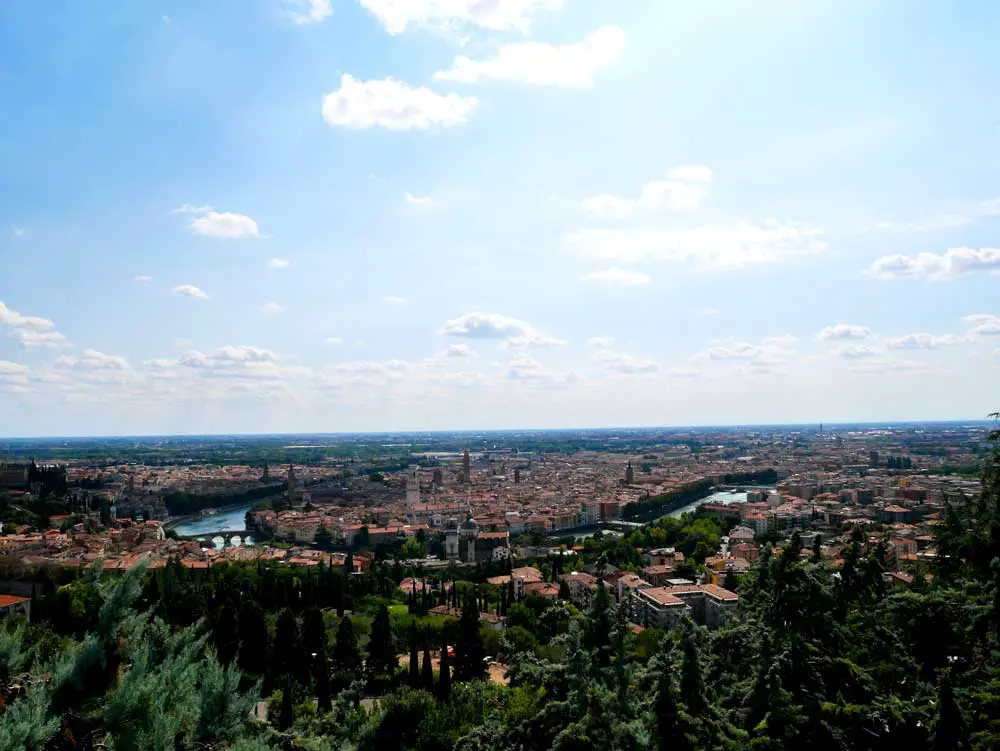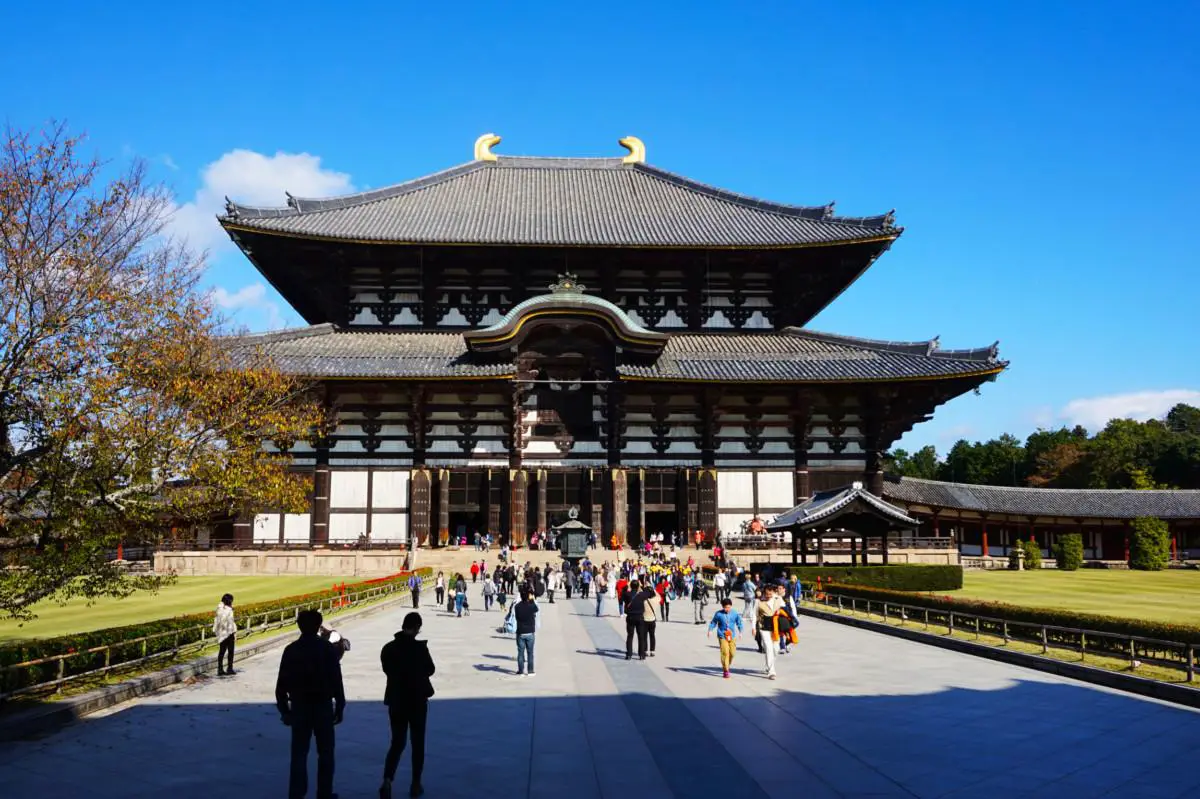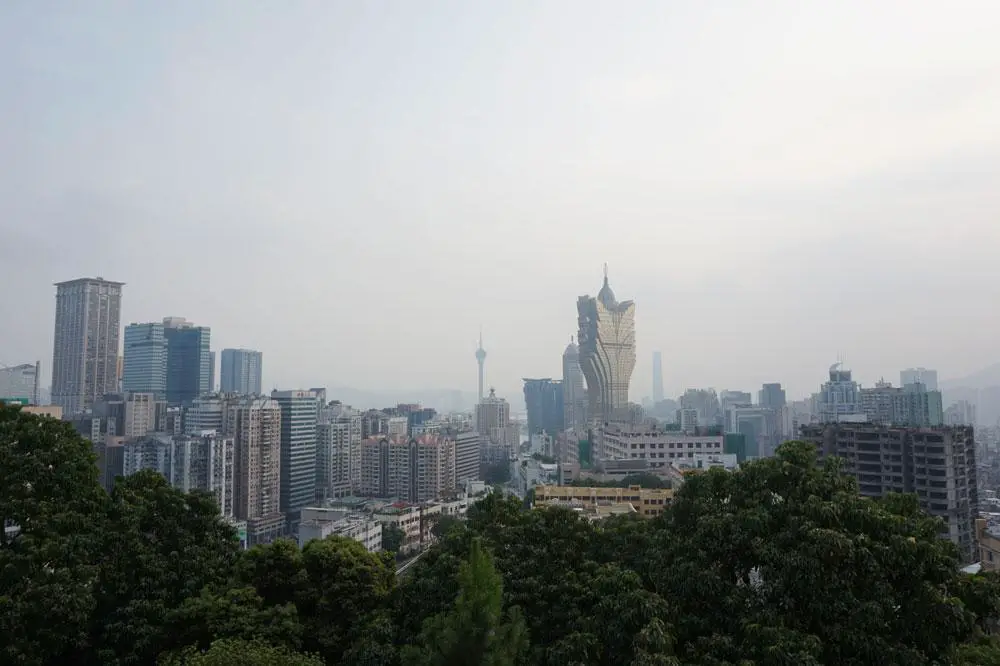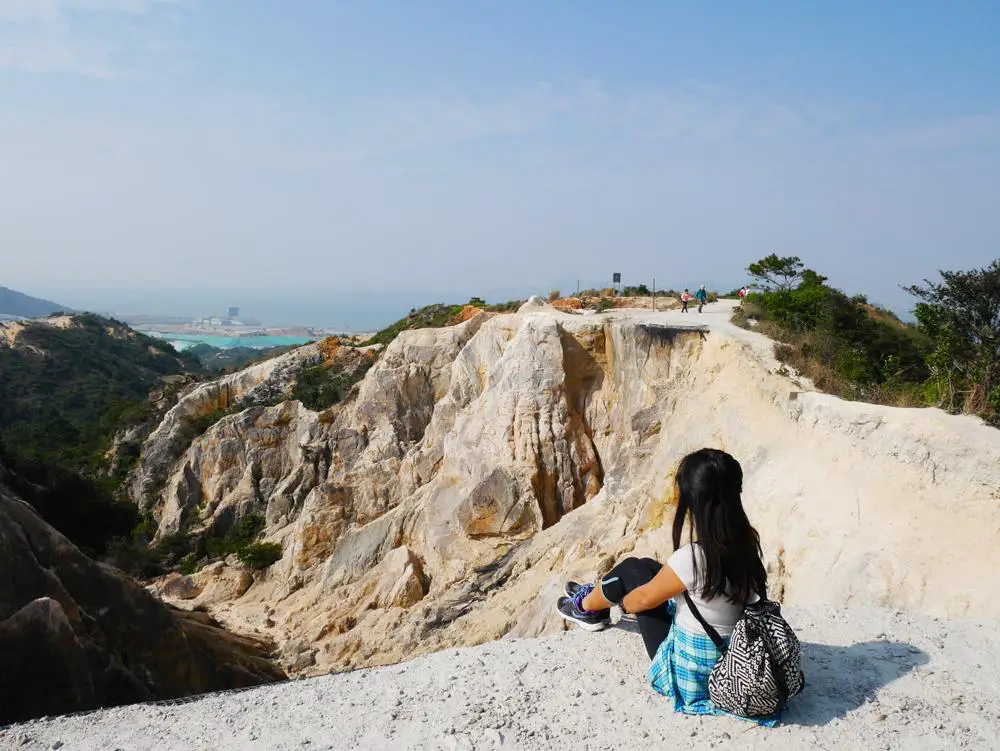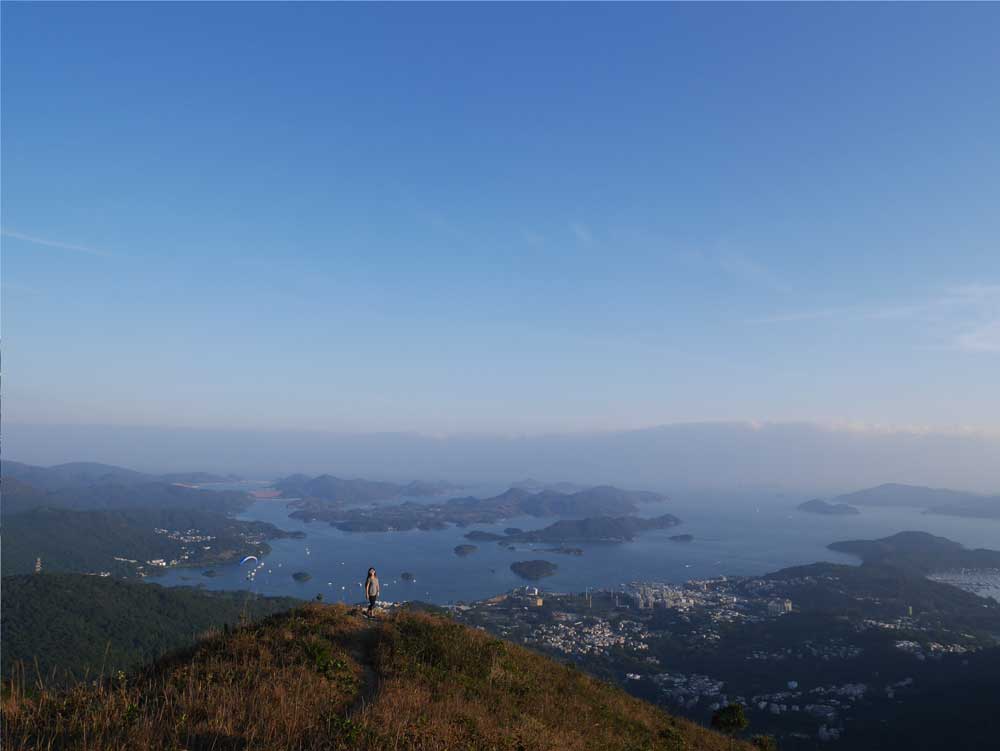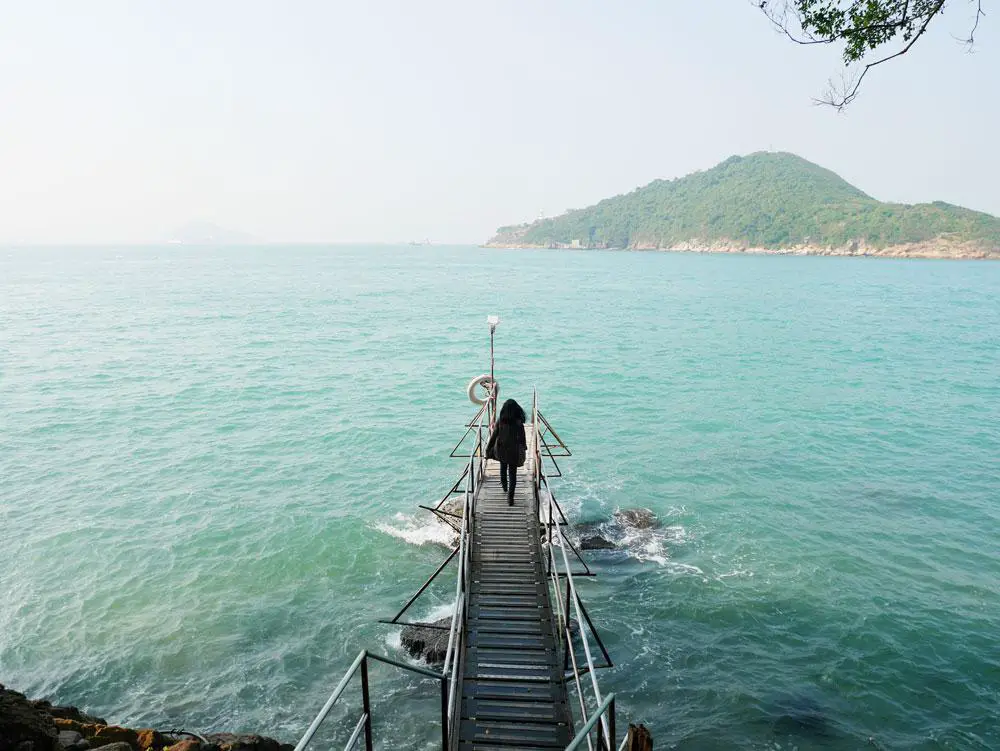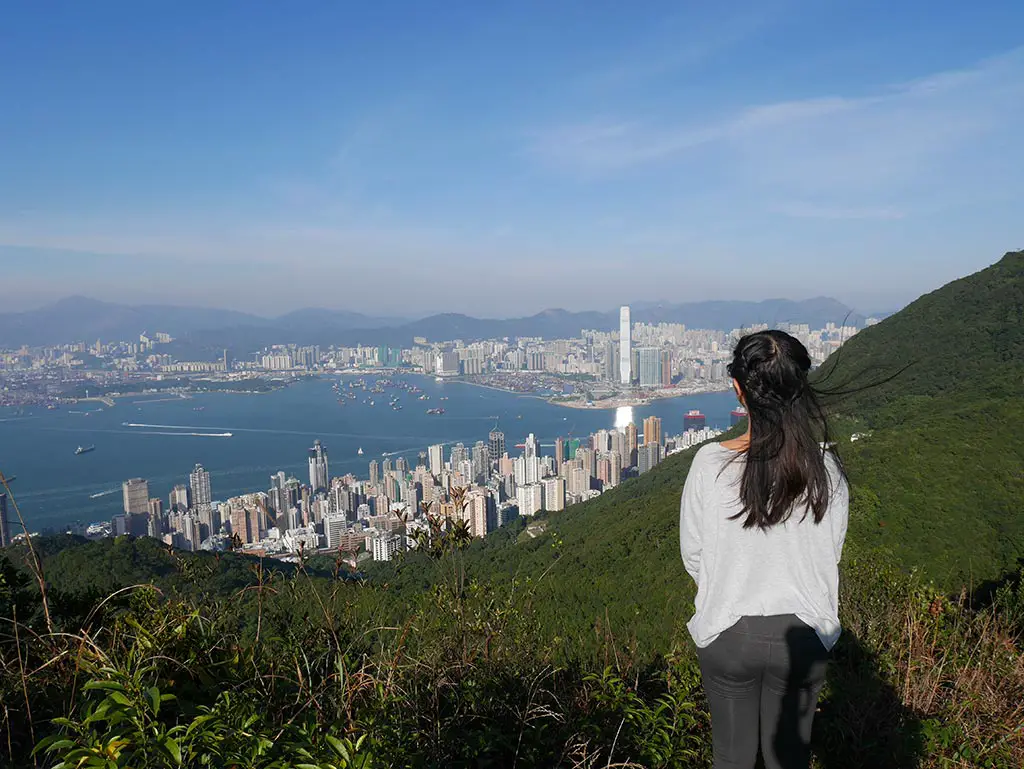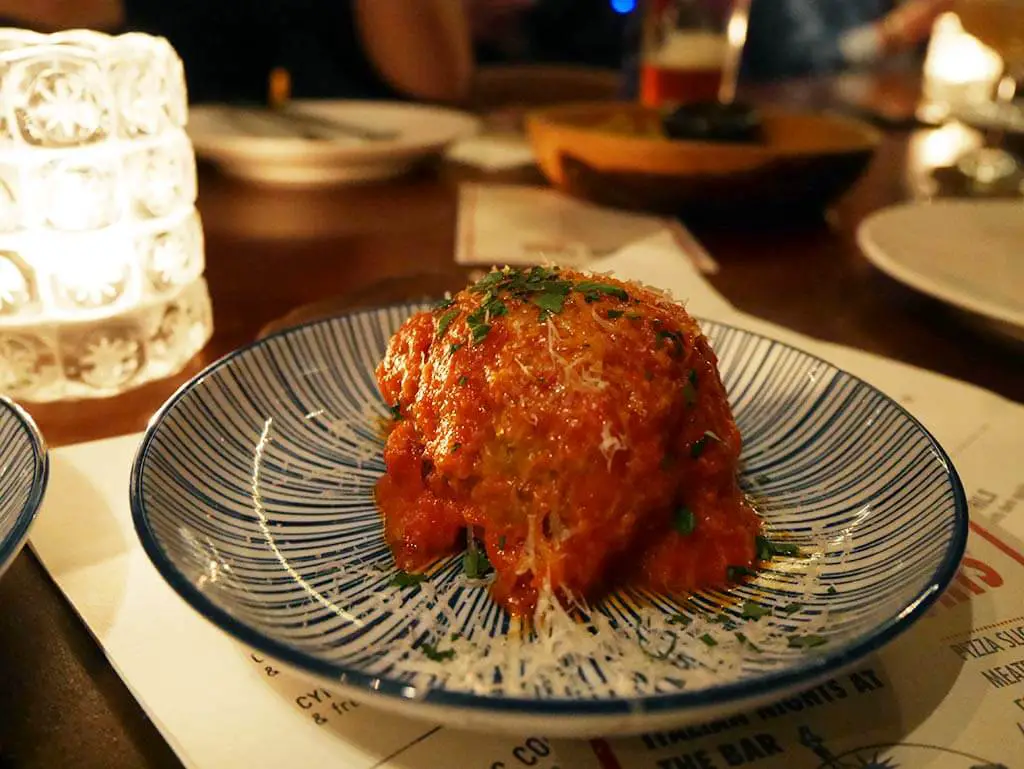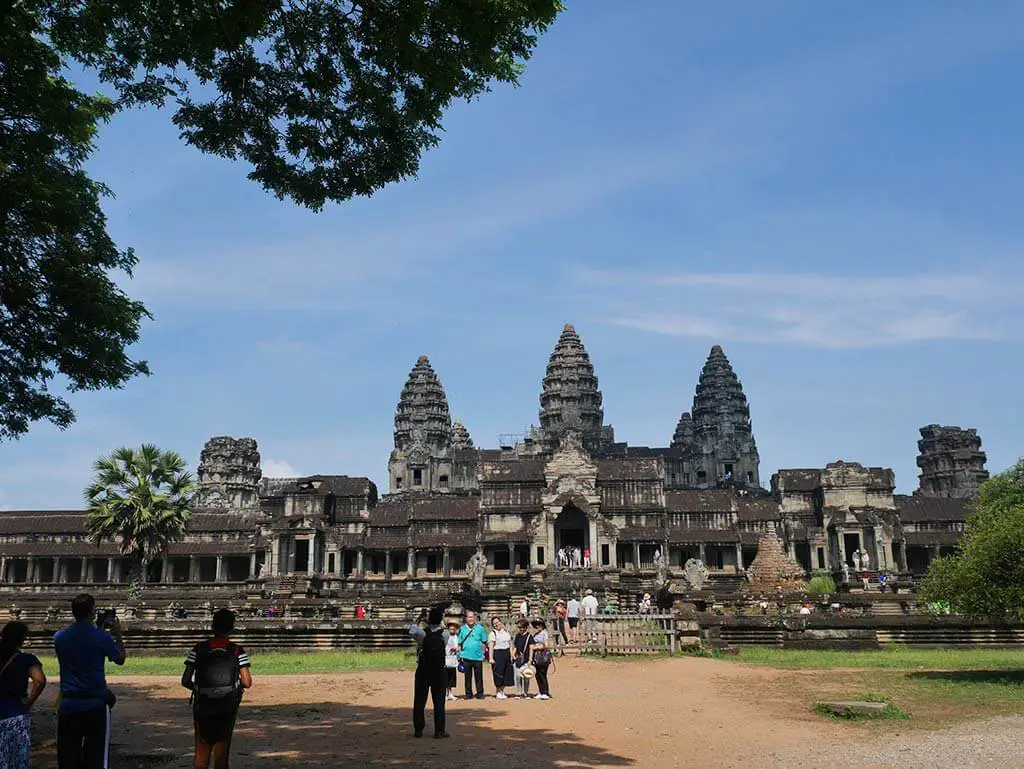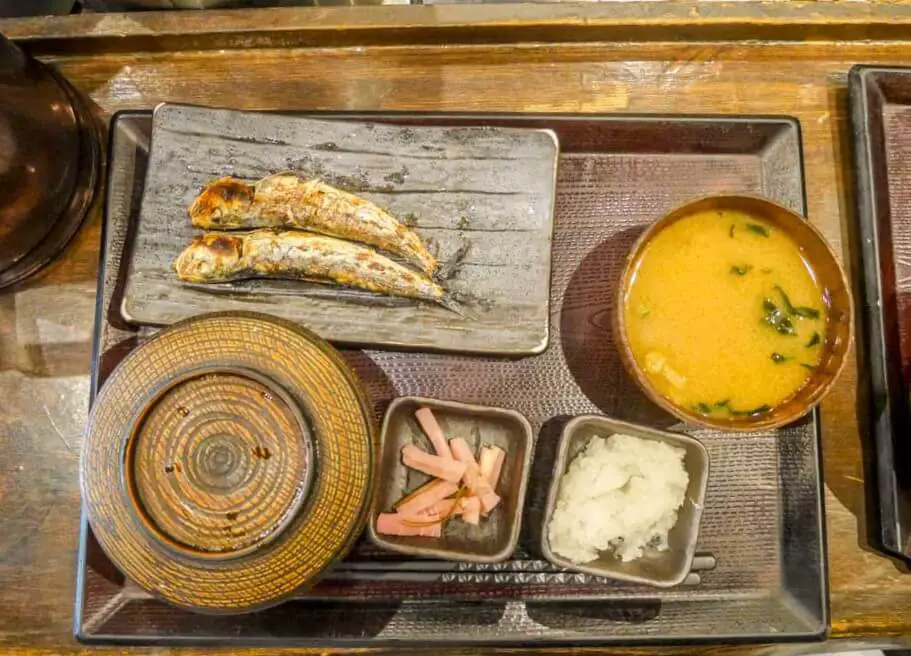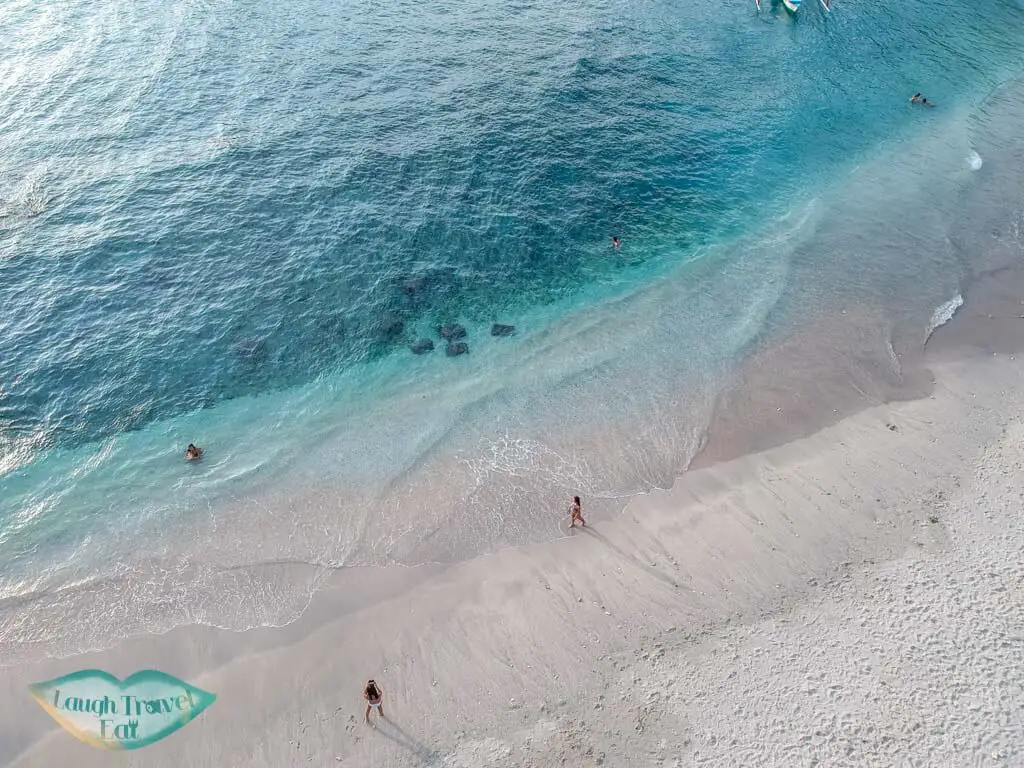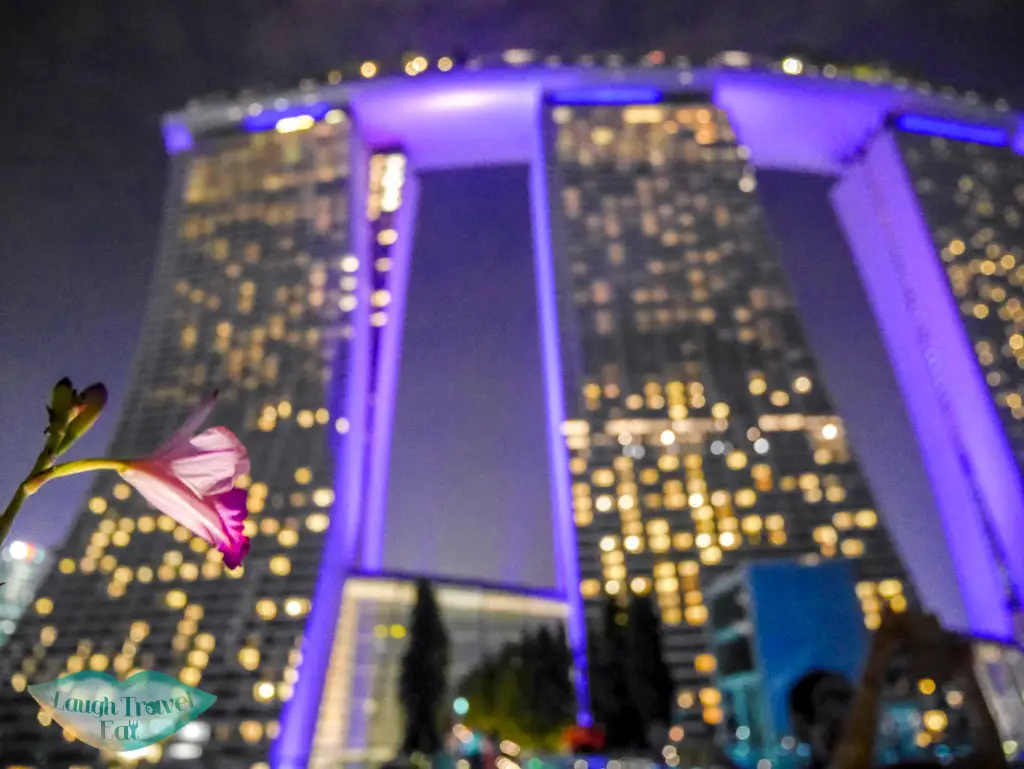What are the things to know before you visit Fiji? There are many sides to Fiji and its islands. As a first time visitor to Fiji, I was excited to explore the country and learn about it. While my research on the island nation had prepared me enough for my visit, there were many things that I wish I had known to help me plan my trip, which is why I’m writing this for you!
> Check here for things to do in Fiji!
Table of Contents
Essential Information on Fiji
Before we dive into things that I have learned, it’s also important to address the essential information on the currency, entry, and all the other essential information on Fiji.
How expensive is Fiji?
Fiji is a place of extreme because you can get by quite inexpensively if you live like a local, but if you want to see all there is to offer, then it can get expensive.
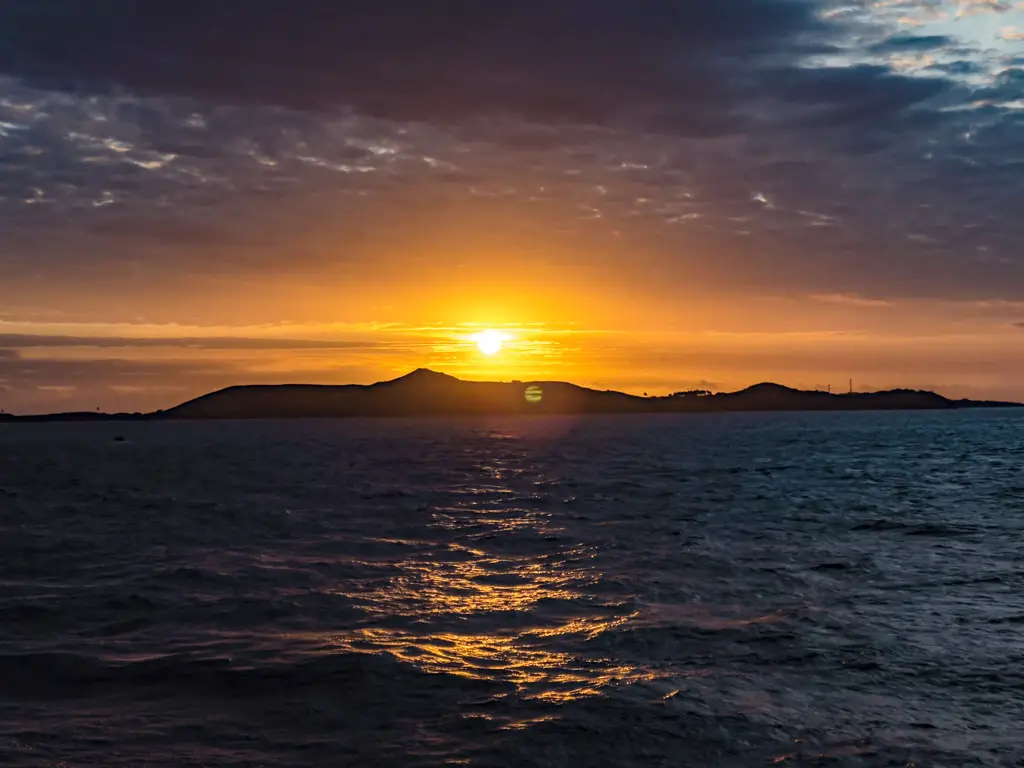
For example:
A local bus from the airport to town would cost 20 FJD, while a taxi would be 2 FJD. However, you might have to wait a long while for a bus.
A meal at a local restaurant would cost around 10 FJD, while a meal at a resort would cost around 50 FJD. A dorm bed at a hostel would cost around 30 FJD, while a room at a luxury resort would cost around 300 FJD.
A ferry ticket to an outer island would cost around 100 FJD, while a flight would cost around 300 FJD.
The currency of Fiji is the Fijian dollar (FJD), which is roughly equivalent to 0.47 USD or 0.4 EUR. You can exchange your money at the airport, banks, hotels, or currency exchange booths. You can also use your credit or debit card at most places, but be aware of the fees and exchange rates. It is advisable to have some cash on hand for small purchases, tips, and emergencies.
Getting Sim Card in Fiji
If you want to stay connected and use the internet in Fiji, you can buy a local SIM card from one of the two main providers: Vodafone or Digicel. You can find their booths at the Nadi International Airport, or their shops and kiosks around the country.
The coverage and speed of the internet vary depending on the location and the weather, but generally, Vodafone has a better network than Digicel. But Digicel is a lot cheaper. Both operators have a store just before the exit gate at the arrivals into the main lobby.
Vodafone

Vodaphone has 3 packages and a mobile broadband pack option that is much pricier:
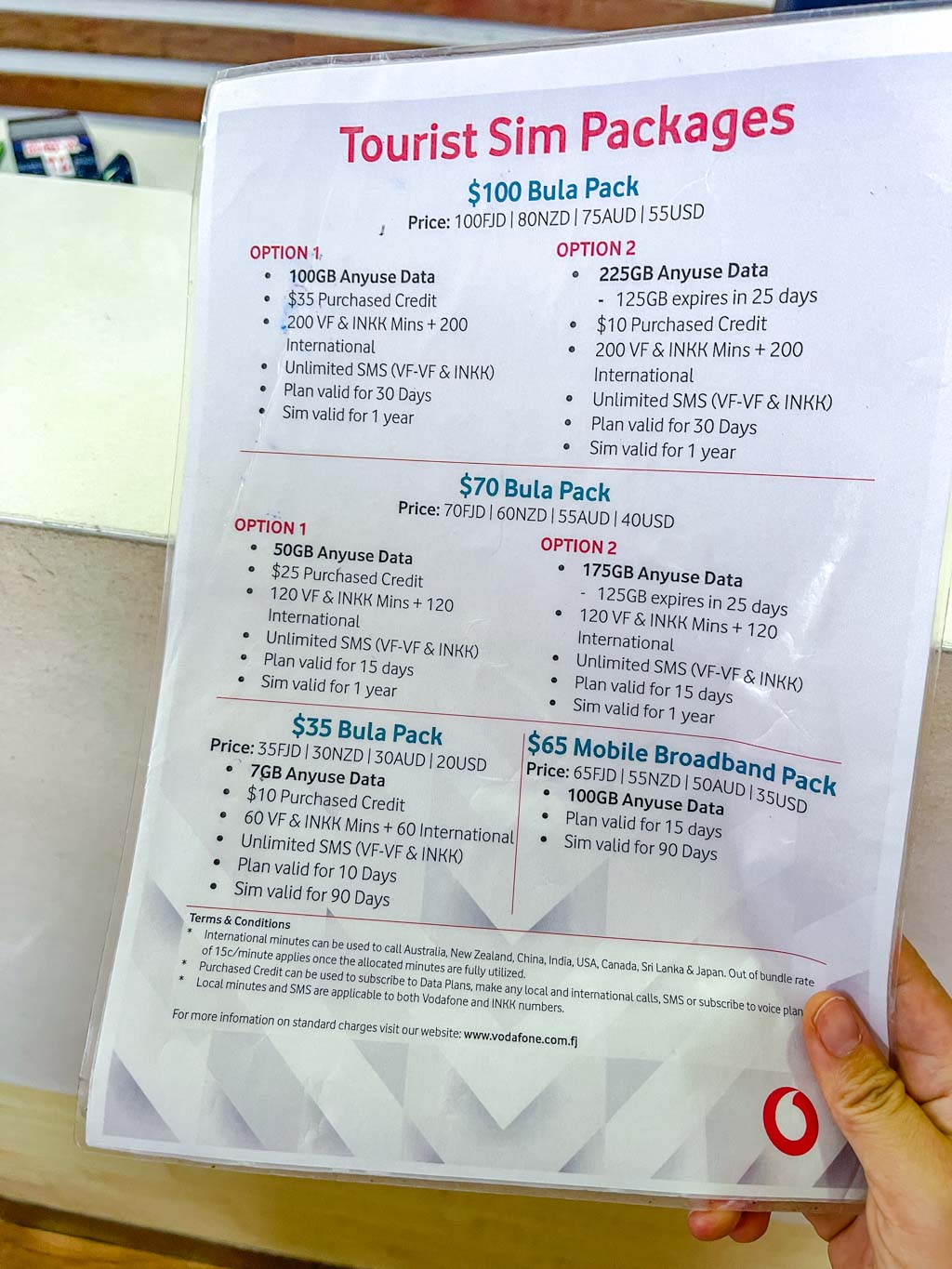
- FJ$100 Bula Pack – can choose between 100GB or 225GB data, valid for 30 days
- FJ$70 Bula Pack – 50GB or 175GB data, valid for 15 days
- FJ$35 Bula Pack – 7GB data, valid for 10 days
- FJ$65 Mobile Broadband Pack – 100GB valid for 15 days
Digicel

Digicel has 4 packages to choose from including a free sim!
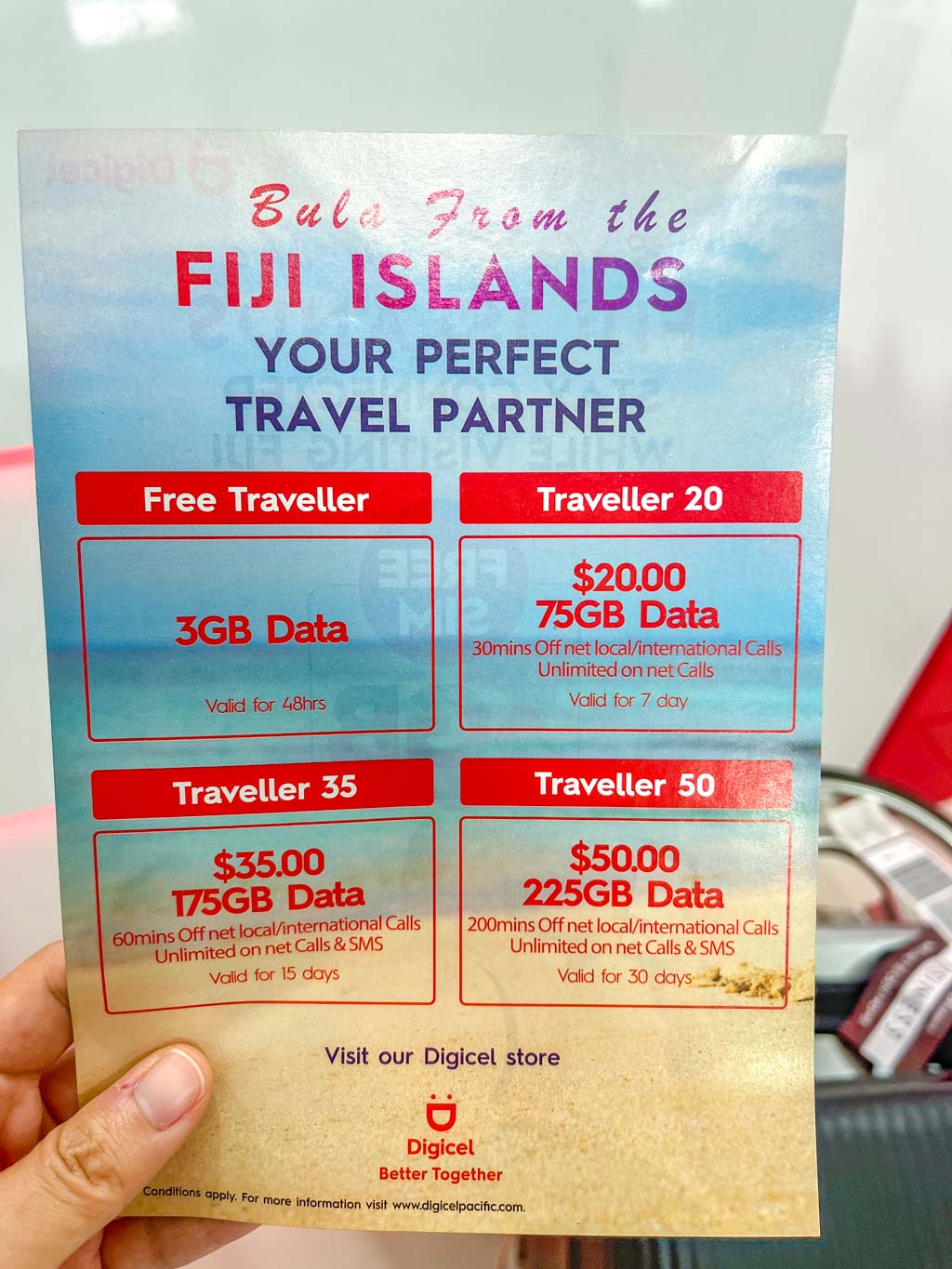
- Free Traveller: 3GB data valid for 48 hours for free
- Traveller 20: 75GB data + 30 mins off net local/international calls, unlimited net calls, valid for 7 days for FJ$20
- Traveller 35: 175GB data + 60 minutes off net local/international calls, unlimited net calls & SMS, valid for 15 days
- Traveller 50: 225GB data + 200 minutes off net local/international calls, unlimited net calls & SMS, valid for 30 days.
I personally picked Traveller 35 since I was there for 10 days, but Traveller 20 + Free Traveller would probably work too (if they let me do it like that – I hadn’t checked).
Currency Exchange in Fiji
There are several currency exchanges in the Nadi Airport but the one with the best rate is through the immigration, past the sim cards.
Getting around Fiji
There are several ways to get around Fiji, depending on your budget, time, and preference. Here are some of the options:
Buses in Fiji
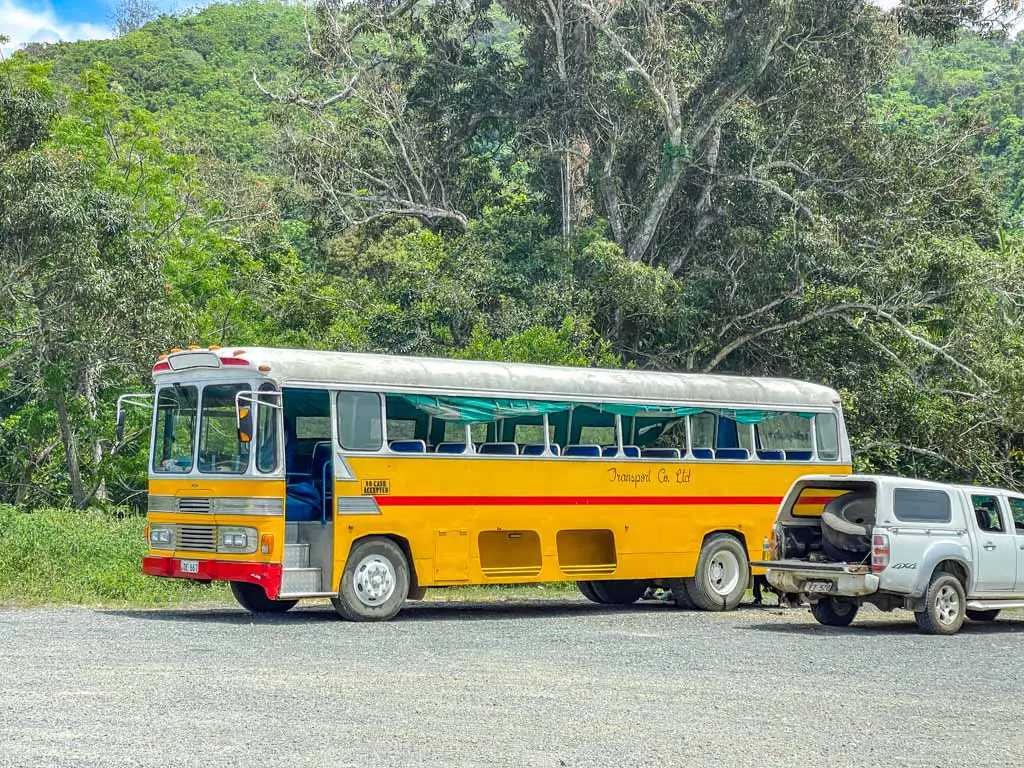
Buses are the cheapest and most common way to travel around the main island of Viti Levu, where most of the towns, attractions, and resorts are located. You can find local buses that run frequently along the main roads, or express buses that connect the major towns.
The fares are based on the distance, and you can pay with cash or a prepaid card called e-Transport. However, buses can be slow, crowded, and unreliable, especially during peak hours and bad weather.
Taxi in Fiji
Taxis are another convenient and affordable way to get around Fiji, especially for short distances or when you have luggage. You can find taxis at the airport, hotels, or on the streets, or you can call or book them online.
The fares are based on the meter, and you can pay with cash or card. However, taxis can be hard to find in remote areas or during busy times, and some drivers may try to overcharge you or take longer routes.
Renting cars in Fiji
Rental cars are a great option if you want to have more freedom and flexibility to explore Fiji at your own pace. You can rent a car from the airport or from various agencies around the country.
The rates vary depending on the type, size, and duration of the rental, but you can expect to pay around 100 FJD per day. You will need a valid driver’s license and a credit card to rent a car. However, driving in Fiji really only applies to the two biggest islands. The main road is now well paved but if you plan on header to more remote area, it might be better to hire a car.
Ferry in Fiji
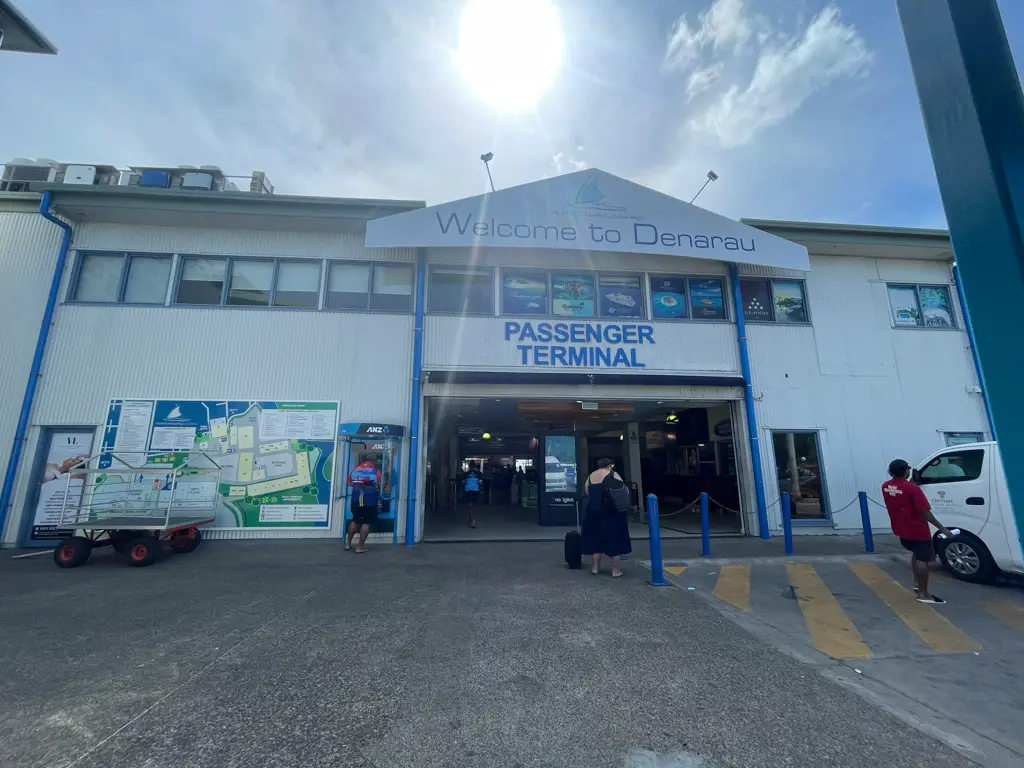
Ferries are the best way to travel to the outer islands of Fiji, where you can find more pristine and diverse scenery, wildlife, and culture. There are several ferry companies that operate regular services to the different island groups, such as the Mamanuca Islands, Yasawa Islands, Vanua Levu, Taveuni, etc. Here are the islands and the companies that operate ferries over:
South Sea Cruises
This company operates high-speed catamaran ferries between Port Denarau and the resorts in Mamanuca and Yasawa Islands. The prices vary depending on the destination and the class of the ferry, but you can find their route and timetable here
They also run day trips to Malamala Beach Club, South Sea Island, and other sight seeing trips.
Awesome Fiji
This company operates the Yasawa Flyer, a high-speed catamaran ferry that services the Yasawa Islands from Port Denarau. You can find their route here but they also have passes and packages for you to choose from.
You can also buy a hop-on hop-off pass that allows you to visit multiple islands for a fixed price, starting from FJ$509 for adults and FJ$255 for children for 5 days. There are also inclusive packages and dive packages.
Malolo Cat
This company operates high-speed catamaran ferries between Port Denarau and Malolo Lailai Island to the Plantation Island Resort, Musket Cove and Lomani Resort. The time table can be found here.
The prices are FJ$95 for adults and FJ$47.5 for children one way, FJ$190 for adult return, and FJ$95 for children return.
Interlink Shipping Line
This company operates passenger and car ferries between Suva and Savusavu on Vanua Levu. They post their schedule on their Facebook page so be sure to check it for the latest information.
Note: if island hopping like this looks too complicated – and trust me, I was feeling that – you can try cruises instead. I did a Captain Cook Cruise to the south Yarawa Islands, more information coming soon.
Flights in Fiji
Flights are the fastest and most comfortable way to travel to the outer islands of Fiji, but they are also the most expensive and limited. There are two domestic airlines that operate flights to the different island groups, namely Fiji Airways and Northern Air. You can book your tickets online or at the airport, and the prices vary depending on the destination, availability, and time of the booking.
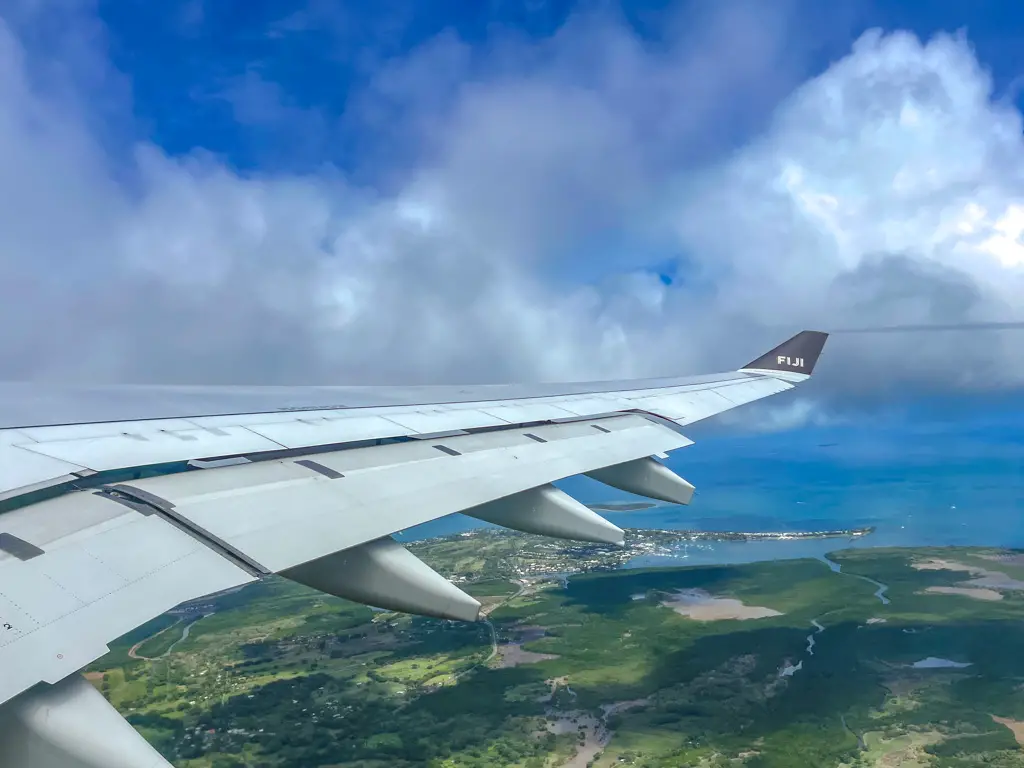
For example, you can get a one-way ticket to Vanua Levu for around 300 FJD, or a one-way ticket to Taveuni for around 400 FJD. However, flights can be scarce, especially during peak seasons and holidays, and they are subject to weather conditions and cancellations.
Geography of Fiji
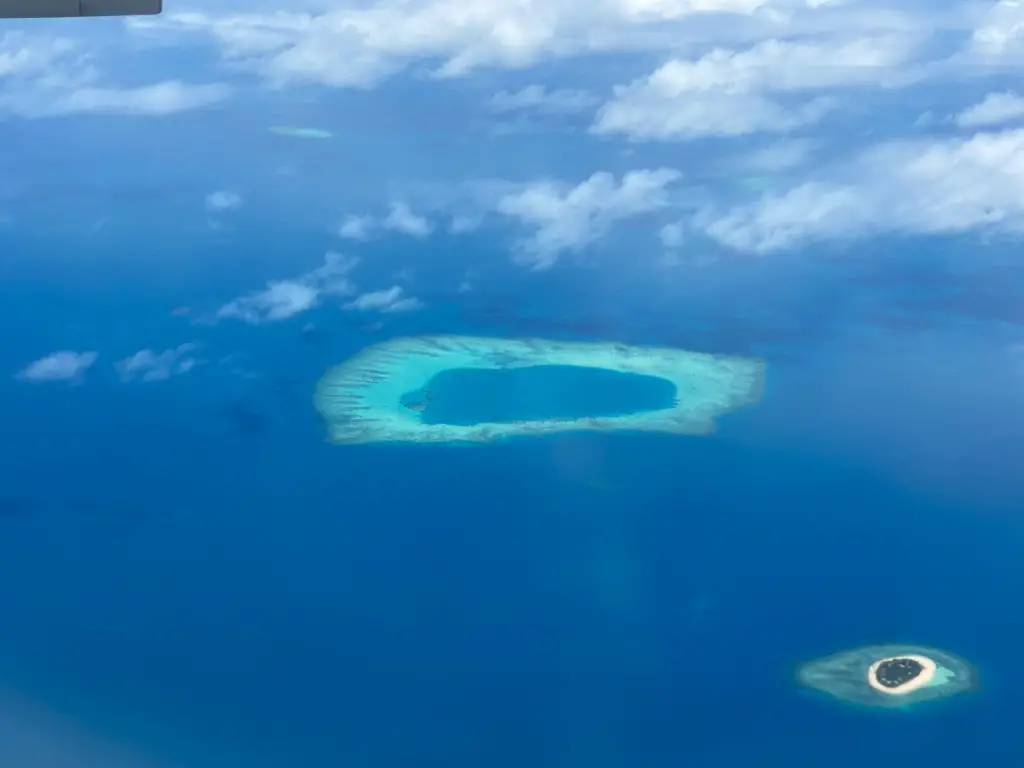
Fiji is made up of more than 333 islands, but there are two bigger islands side by side: Viti Levu and Vanua Levu. The Nadi International Airport is located on Viti Levu, the big island, and you won’t really find the picturesque beaches here. That said, there are resorts, the Sigatoka valley, and the two biggest towns Nadi and Suva if you want to see the local life of Fiji. Although admittedly that is not the goal for most.
The outer islands of Fiji are where you can find the postcard-perfect beaches, turquoise lagoons, coral reefs, and lush rainforests. Some of the most popular island groups are:
Viti Levu

Fiji Museum 
River tubing
Viti Levu is the largest and most populous island of Fiji, a South Pacific nation that consists of more than 300 islands. It is home to the capital city of Suva, as well as the main international airport of Nadi, making it the gateway and hub of the country. Viti Levu offers a variety of attractions and activities for travelers, from the cultural and historical sites of the towns and villages, to the natural and scenic wonders of the valleys and mountains, to the tropical and marine delights of the beaches and islands.
Vanua Levu
This is the second largest island of Fiji, and is located north of Viti Levu. It is less developed and more authentic than Viti Levu, and offers a variety of attractions, such as the town of Savusavu, the rainforest of Waisali, the waterfall of Nakawaga, and the coral garden of Split Rock. It is also home to the largest bay in the South Pacific, the Natewa Bay, where you can spot dolphins, whales, and dugongs.
Taveuni
This is the third largest island of Fiji, and is located east of Vanua Levu. It is also known as the Garden Island, because of its lush vegetation, fertile soil, and abundant rainfall. It is a paradise for nature lovers, as it boasts the Bouma National Heritage Park, where you can hike to waterfalls, lakes, and forests, the Lavena Coastal Walk, where you can enjoy the scenic views of the coast, and the Waitabu Marine Park, where you can snorkel or dive among the colorful corals and fish. It is also one of the few places in the world where you can stand on the 180th meridian, the international date line.
The Mamanuca Islands
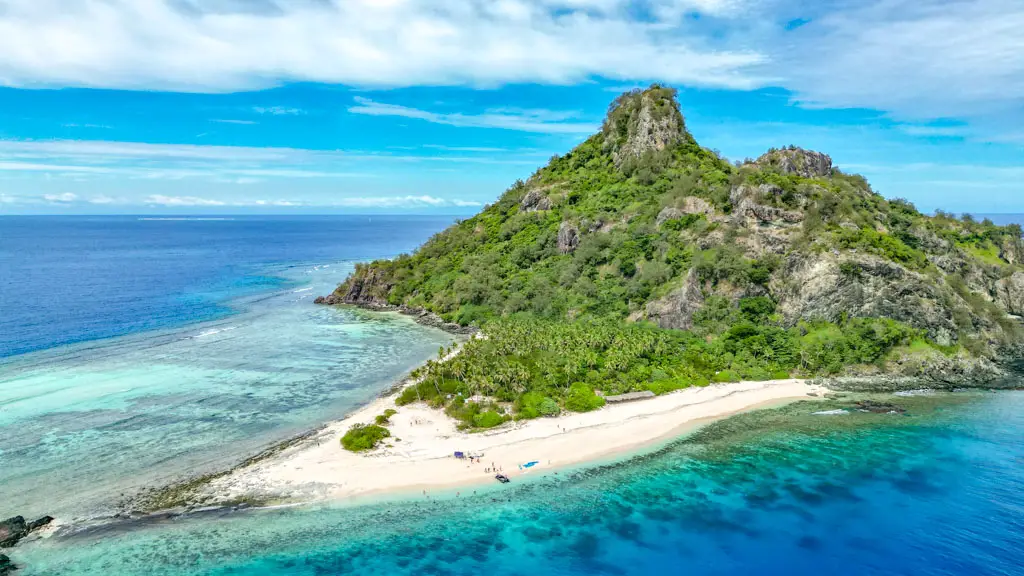
These are a group of 20 islands that are located close to Viti Levu, and are easily accessible by ferry or flight. They are famous for their white sand beaches, clear waters, and water sports activities, such as snorkeling, diving, surfing, kayaking, etc. Some of the most popular islands are Malolo, Mana, Castaway, and Monuriki, where the movie Cast Away was filmed.
The Yasawa Island
These are a group of 16 islands that are located further north of the Mamanuca Islands, and are reachable by ferry or flight. They are known for their rugged landscapes, volcanic peaks, and traditional villages, as well as their pristine beaches, blue lagoons, and marine life, such as manta rays, sharks, and turtles. Some of the most popular islands are Waya, Naviti, Nacula, and Tavewa.
Lau Group
This group consists of about 60 islands and islets, located in the eastern part of Fiji. They are divided into three subgroups: the Northern Lau Group, the Southern Lau Group, and the Moala Group. They are famous for their natural beauty, cultural diversity, and historical significance. They are also the birthplace of the late Fijian president and Nobel Peace Prize nominee, Ratu Sir Kamisese Mara.
Kadavu Group
This group consists of Kadavu, the fourth largest island of Fiji, and several smaller islands, such as Ono, Galoa, and Dravuni. They are known for their rugged terrain, rich biodiversity, and traditional culture. They are also home to the Great Astrolabe Reef, one of the largest and most diverse coral reefs in the world.
Lomaiviti Group
This group consists of seven main islands and several smaller ones, located off the east coast of Viti Levu. They are Ovalau, Koro, Gau, Nairai, Batiki, Wakaya, and Makogai. They are rich in history, culture, and nature, and offer a variety of attractions, such as the old capital of Levuka, the Koro Sea, the Gau Highlands, and the Makogai Marine Reserve.
Rotuma Group
This group consists of Rotuma, the northernmost island of Fiji, and several smaller islands and islets, such as Hatana, Hafliua, Hofliua, Solkope, and Uea. They are culturally and linguistically distinct from the rest of Fiji, as they have their own language, religion, and customs. They are also known for their fertile soil, abundant fruits, and unique crafts.
Conway Reef Islands and Skerries
These are the smallest and most remote island group of Fiji, consisting of a coral reef, a sand cay, and some rocks. They are uninhabited and rarely visited, except by occasional fishermen and researchers.
Best time to visit Fiji
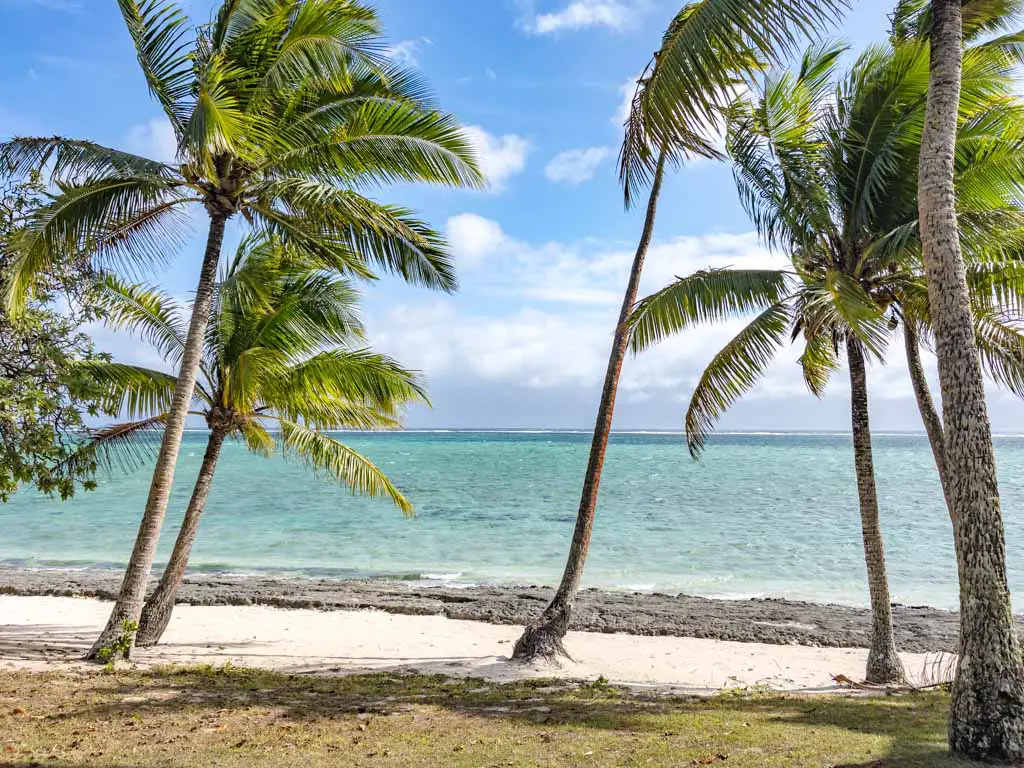
Fiji has a tropical climate, which means that it is warm and humid year-round, with an average temperature of 25°C. However, there are two distinct seasons: the wet season and the dry season. The wet season runs from November to April, and you will get heavy rainfall, high humidity, and occasional cyclones.
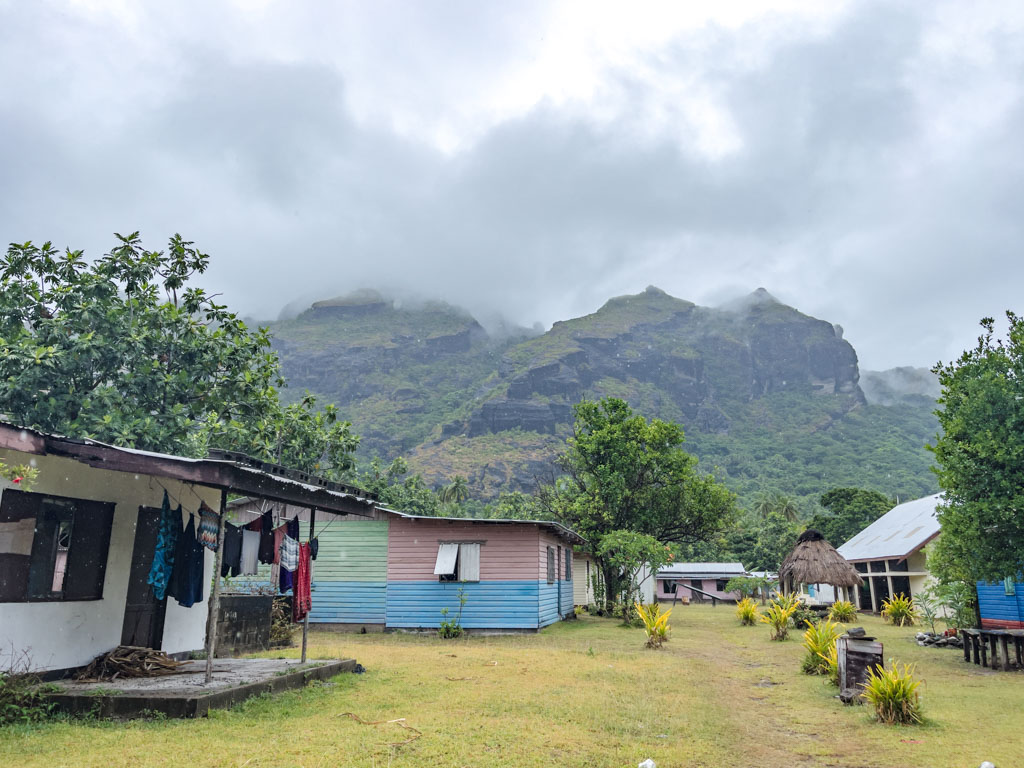
The dry season runs from May to October, and is characterized by cooler temperatures, lower humidity, and less rainfall. The best time to visit Fiji is during the dry season, as it offers more pleasant weather, clearer waters, and better visibility for snorkeling and diving. However, it is also the peak season, which means that it is more crowded and expensive. The wet season is cheaper and less crowded, but it also comes with more risks and inconveniences, such as flight cancellations, road closures, and when it rains there really isn’t much to do.
Fiji Time
One of the things that you will notice when you visit Fiji is the relaxed and flexible pace of life, which is affectionately dubbed Fiji Time. This means that things tend to be slower and or delayed, and hotel staff might not be as attentive as you’d elsewhere.
For example, your tour might start later than scheduled, your bus might not show up on time, your food might take longer to arrive, or your room might not be ready when you check-in. This can be frustrating or confusing for some travelers who are used to a more punctual and efficient culture, but it is part of the charm and culture of Fiji.
Instead of getting annoyed or impatient, you should embrace and enjoy Fiji Time, and learn to go with the flow. I made sure to have my kindle (or a book) so that I have something to read when I wait. Although most things are very Fiji time, my transport was on time so no need to stress about making your flight.
Friendliest people in the world
Another thing that you will love about Fiji is the friendliness and hospitality of the people. Fijians are known to be some of the friendliest people in the world, and they will greet you with a warm smile and a cheerful “Bula”, which means hello, welcome, and life. They are also very helpful and generous, and they will go out of their way to make you feel comfortable and happy.
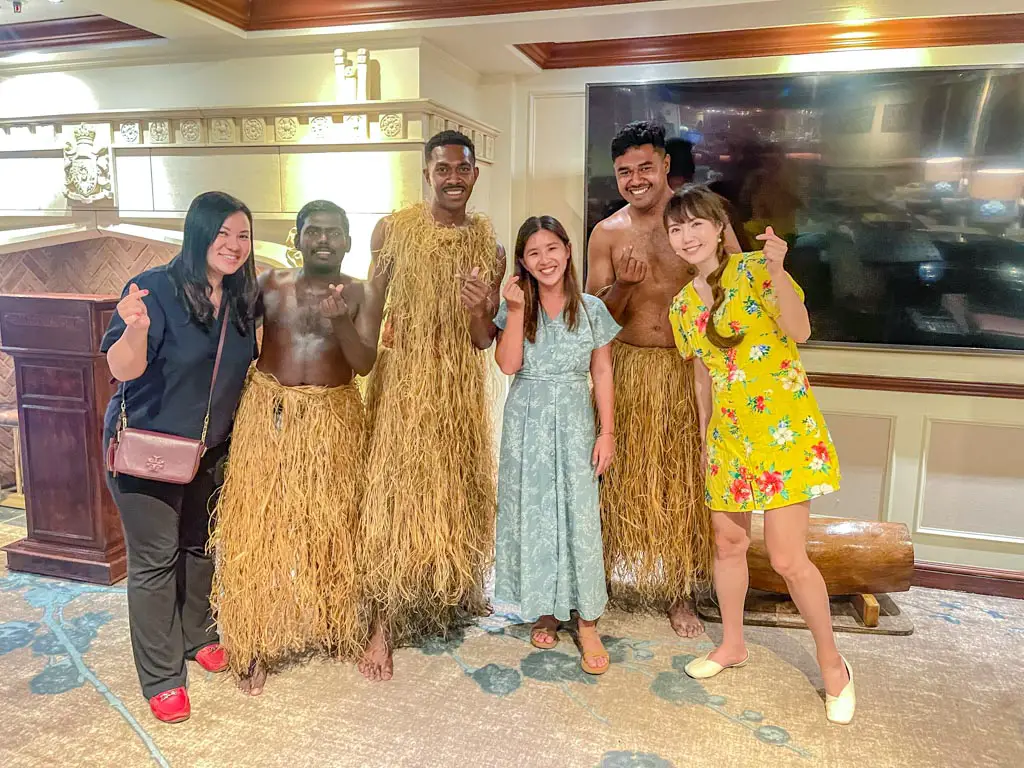
They will invite you to join their activities, share their stories and traditions, offer you food and drinks, and even welcome you to their homes and villages. They are also very respectful and polite, and they will address you with honorifics, such as sir, madam, or chief. You will feel like a part of their family and community, and you will experience the true spirit of Fiji.
However, you should also be respectful and courteous in return:
- Greet people with a smile and a “Bula”, and say “Vinaka” to thank them
- Dress modestly and cover your shoulders and knees when visiting villages or religious sites.
- Remove your shoes and hat when entering someone’s home or a sacred place.
- Avoid touching someone’s head, as it is considered rude and offensive.
- It’s best to avoid wearing a hat in a village at all if possible.
- Avoid pointing at someone or something with your finger, as it is considered impolite and aggressive.
- Avoid raising your voice or showing anger, as it is considered disrespectful and disruptive.
- Accept any food or drink that is offered to you, as it is a sign of hospitality and friendship.
- Try to participate in any ceremony or ritual that is performed for you, such as the kava ceremony, which is a traditional drink made from the root of a pepper plant, and is used to welcome guests and celebrate occasions.
- Ask for permission before taking photos or videos of people or places, as it is a sign of respect and courtesy.
Drink Kava
Drinking Kava is like a rite of passage for anyone visiting Fiji (no matter for the first time or for the hundredth time).
Kava is a traditional drink made from the root of a pepper plant and is used to welcome guests and celebrate occasions. Or just something to enjoy at the end of the day for the locals.
While it is not like alcohol and is herbal in nature, kava is a mild sedative and euphoric effect. It can help you relax but you should avoid drinking too much of it and if you’re allergic to pepper, then it should be avoided.
Kava is usually prepared and served in a large wooden bowl called a tanoa, and it is drunk from a coconut shell cup called a bilo. The kava ceremony is a ritual that involves the presentation, preparation, and consumption of kava, and it is usually performed by a chief or a spokesperson, who leads the ceremony and offers prayers and chants. The kava ceremony is a sign of respect and friendship, and it is an honor to be invited and participate in it.
Note: we had a full ceremony on the Sigatoka River Safari tour, more information here (coming soon).
How to receive Kava
- Always clap once with a cupped hand before and after you drink kava, and say “Bula” or “Vinaka” to thank the host.
- Drink the kava in one gulp, and not sip or spit it out.
- Avoid making any negative comments or gestures about the kava, as it is considered rude and offensive.
Drinking Kava 101
Kava is a strong drink that needs to be taken in with caution – since your friendly Fijian host would be more than happy to keep a supply of it to you. Here’s what to be aware of as well:
- Avoid eating or drinking anything else during the kava ceremony, as it might interfere with the effect of the kava.
- Limit your intake of kava, as it might have some side effects, such as numbness, drowsiness, dehydration, or nausea.
- Avoid drinking or doing anything that you shouldn’t do after excessive drinking as well after drinking kava, as it might impair your judgment and coordination.
Christianity replaced Cannibalism
You’d be surprised to learn that the land of the friendliest people was once a land of cannibals. But it is true up until the 19th century.
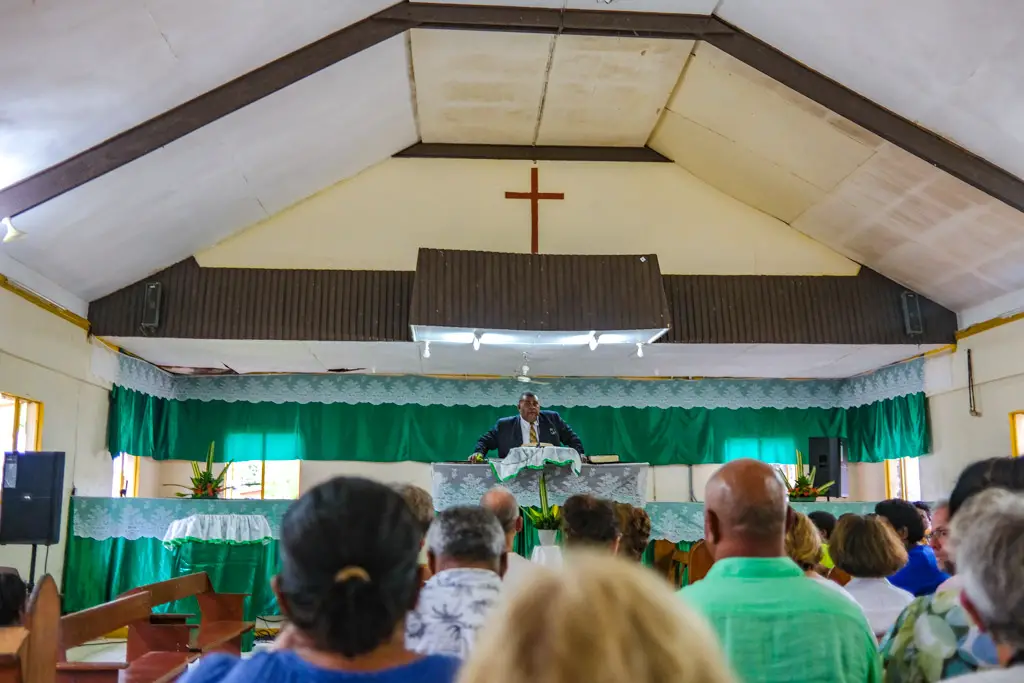
The Fijians believed that eating their enemies would give them their strength and power and that offering their chiefs and gods human flesh would please them and bring them blessings. They also used cannibalism as a form of intimidation and revenge, and they would display the skulls and bones of their victims as trophies and warnings. Cannibalism was so prevalent and notorious in Fiji that it earned the nickname of the Cannibal Isles, and it deterred many explorers and missionaries from visiting the islands.
However, things changed when Christianity was introduced to Fiji by the British missionaries in the early 1800s. One of the most influential converts was Ratu Seru Cakobau, who was the paramount chief of Bau and the self-proclaimed King of Fiji. He renounced his cannibalism and embraced Christianity in 1854, and he encouraged his people to do the same.
He also ceded Fiji to the British Empire in 1874, and established a constitutional monarchy under British rule. Christianity soon spread throughout Fiji, and cannibalism gradually disappeared. Today, Fiji is a predominantly Christian country, with more than 90% of the population identifying as Christians, and cannibalism is a thing of the past.
However, you can still find some traces and reminders of Fiji’s cannibalistic history and culture, such as the Cannibal Fork, which is a wooden fork that was used to eat human flesh, and is now a popular souvenir and symbol of Fiji.
Hitch-hiking is common
One of the things that you might find surprising or interesting in Fiji is that hitchhiking is very common and acceptable, especially in the rural areas and outer islands.
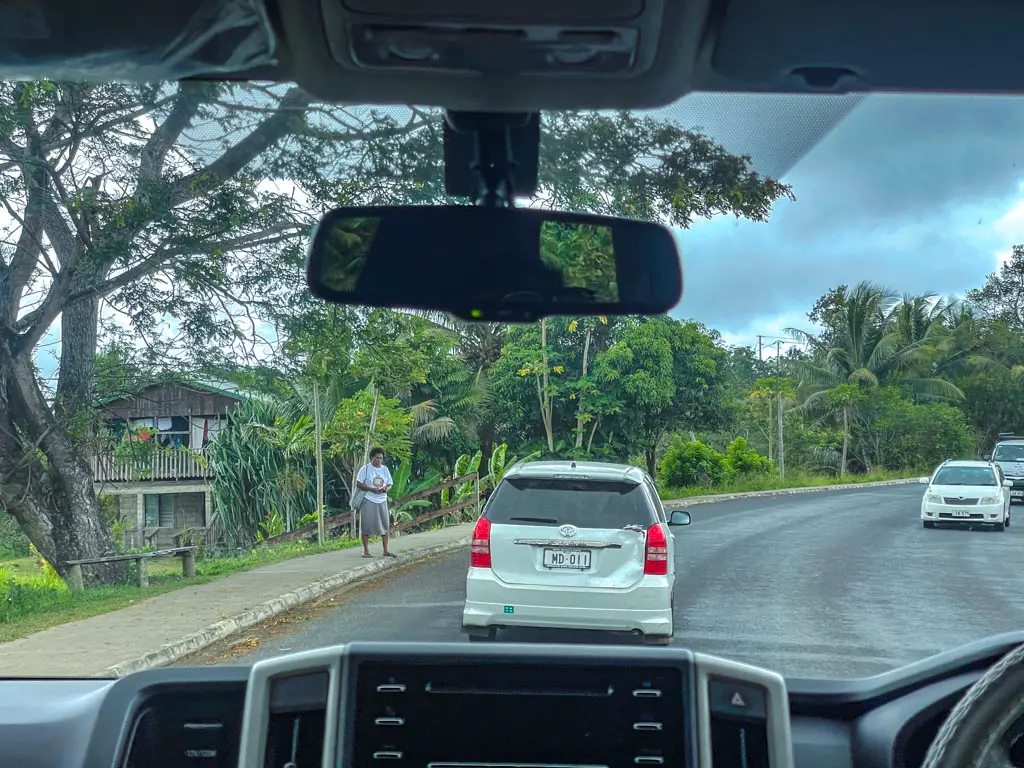
As I went from Nadi and Suva, I noticed many hitchhikers standing on the side of the road – most of them locals. My driver told me that it is very common and there’s even a few tourists doing it.
That said, I won’t recommend doing it unless you have plenty of time on your hand and is very flexible with your schedule. And while Fijians are extremely friendly, petty theft is not uncommon so exercise caution and keep your valuables safe if you do want to hitch-hike.
Indo-Fijians make up a good portion of the country’s population
Fiji is a country that is known for its stunning islands, friendly people, and diverse culture. However, did you know that Fiji also has a significant Indian population, who have a unique and fascinating history and culture?
They are the second largest ethnic group in Fiji, after the indigenous Fijians, and they make up about 37.5% of the total population, according to the latest census in 2007. They are mostly the descendants of the indentured labourers who were brought from the Indian subcontinent by the British colonial rulers between 1879 and 1916 to work on the sugar cane plantations.
They were recruited from various regions, languages, and castes of India, such as Uttar Pradesh, Bihar, Jharkhand, Gujarat, Punjab, Tamil Nadu, and Telangana. They were often poor, illiterate, and exploited, and they had to endure harsh working and living conditions, as well as discrimination and oppression from the colonial authorities and the indigenous Fijians.
If you see flags outside of a home in Fiji, it’s likely that they are a home for the Indo-Fijians. And you’ll find plenty of delicious Indian food and also Indian holidays and festivals celebrated in Fiji.
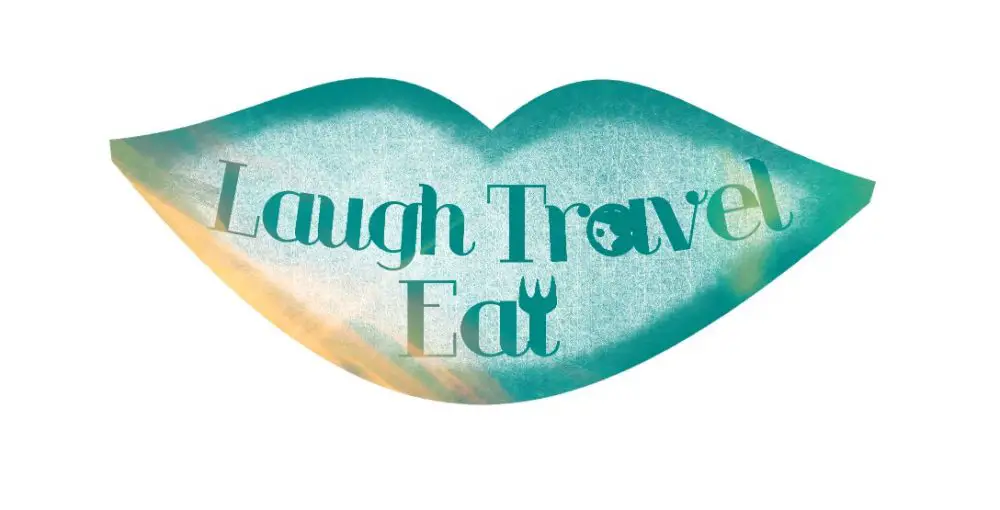

 中文 (香港)
中文 (香港)